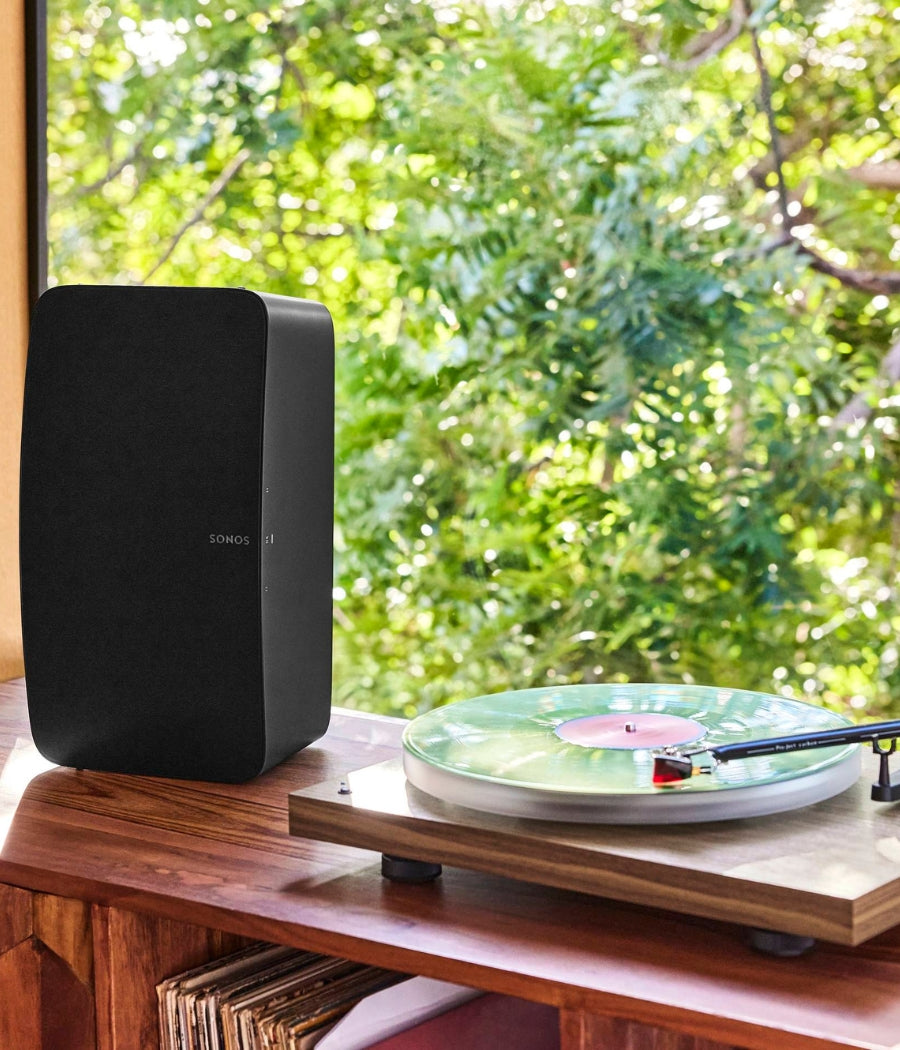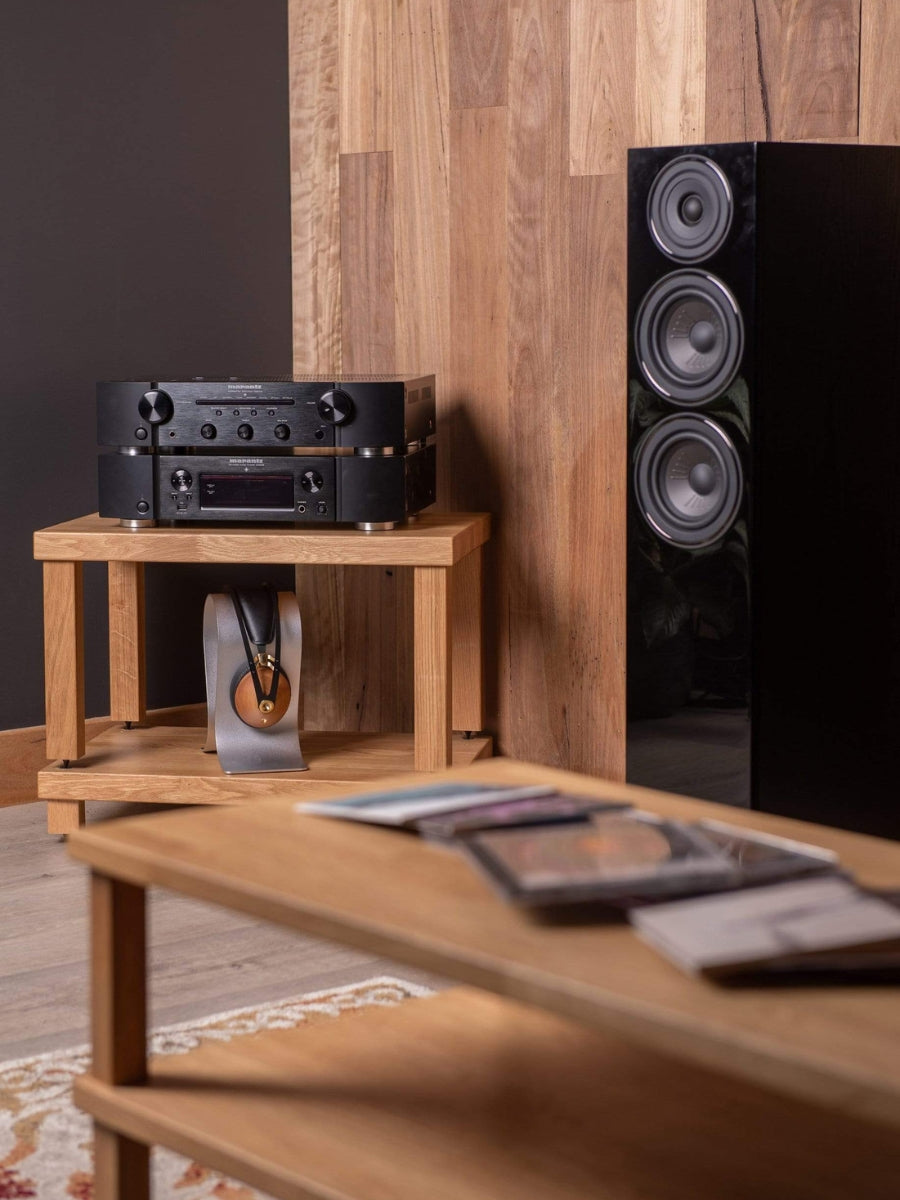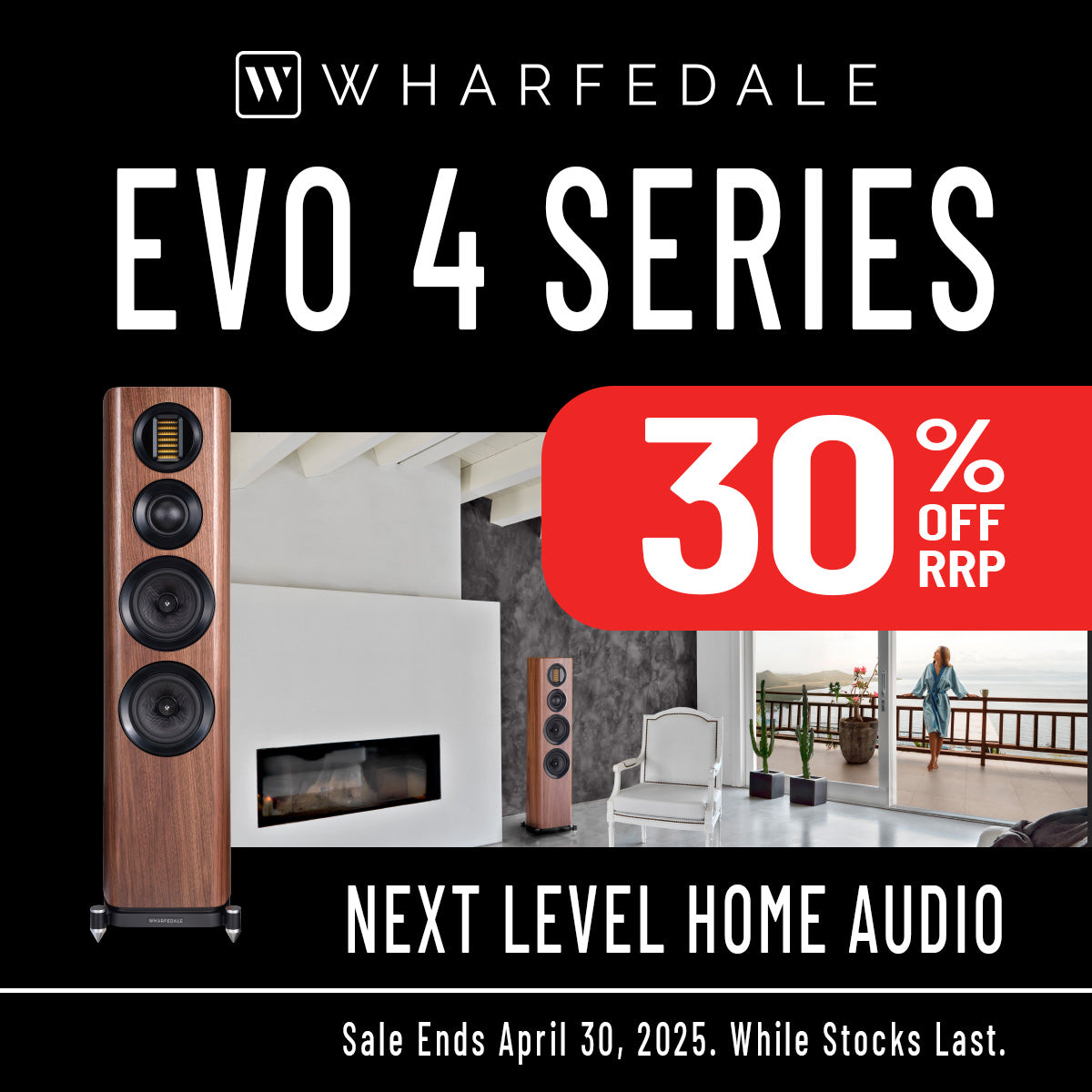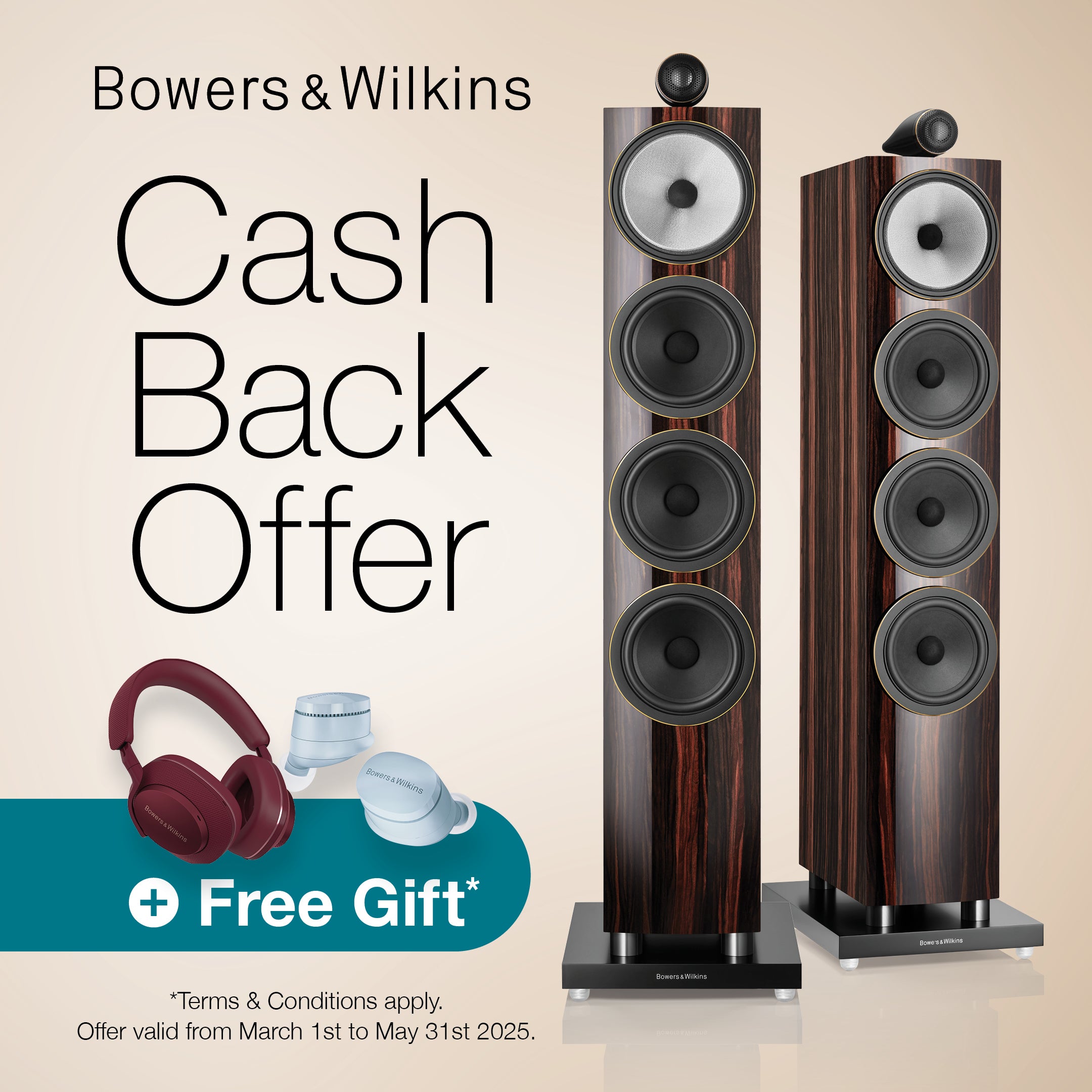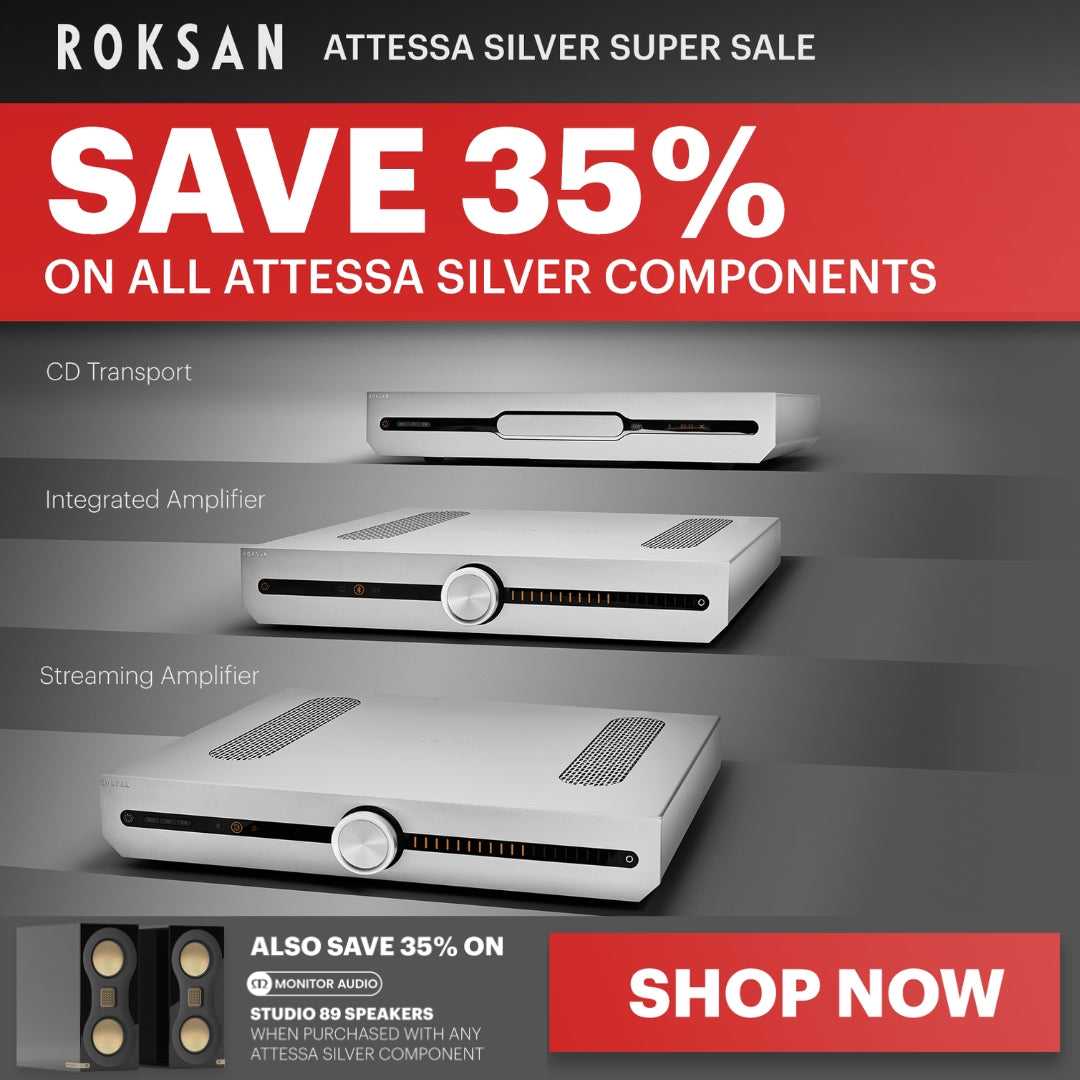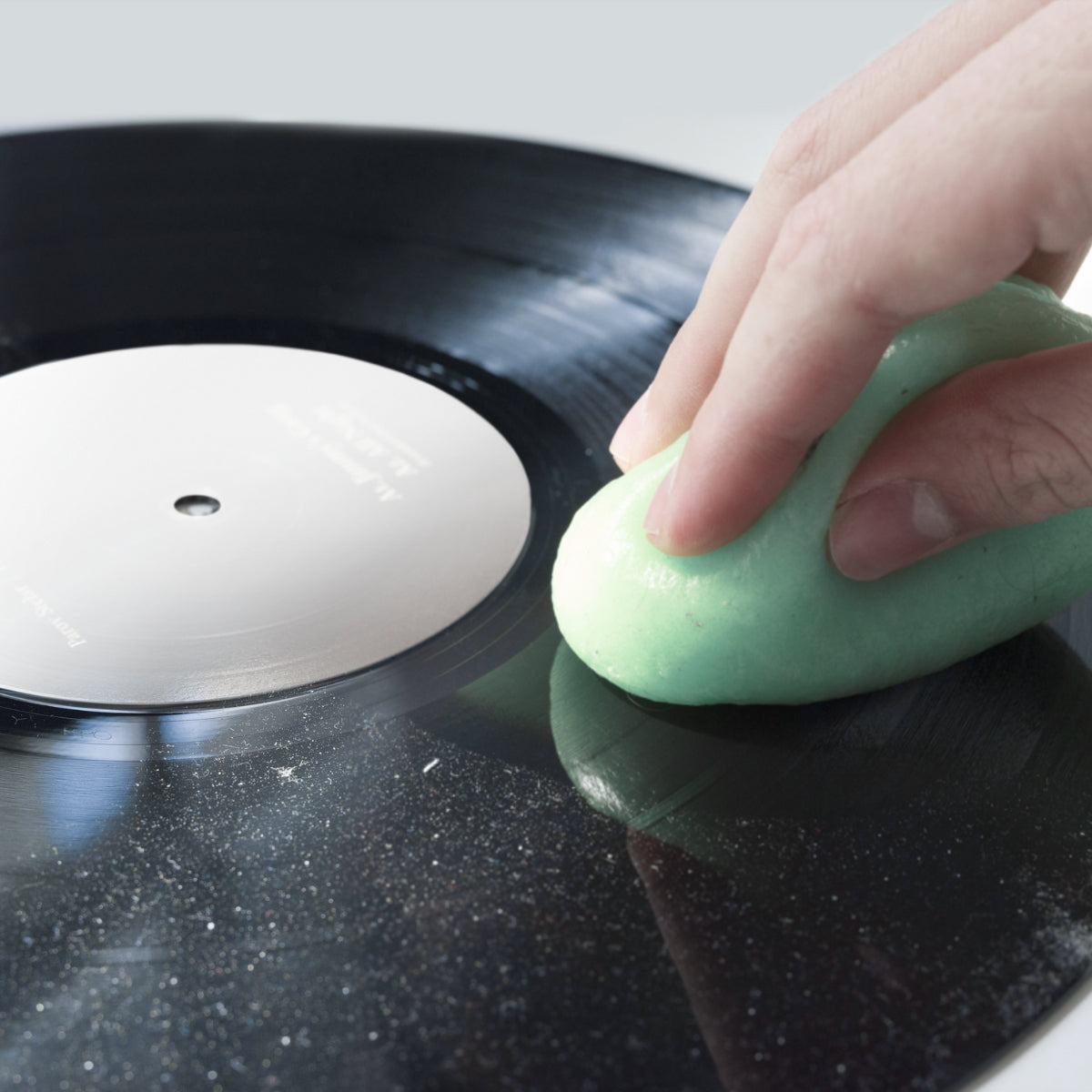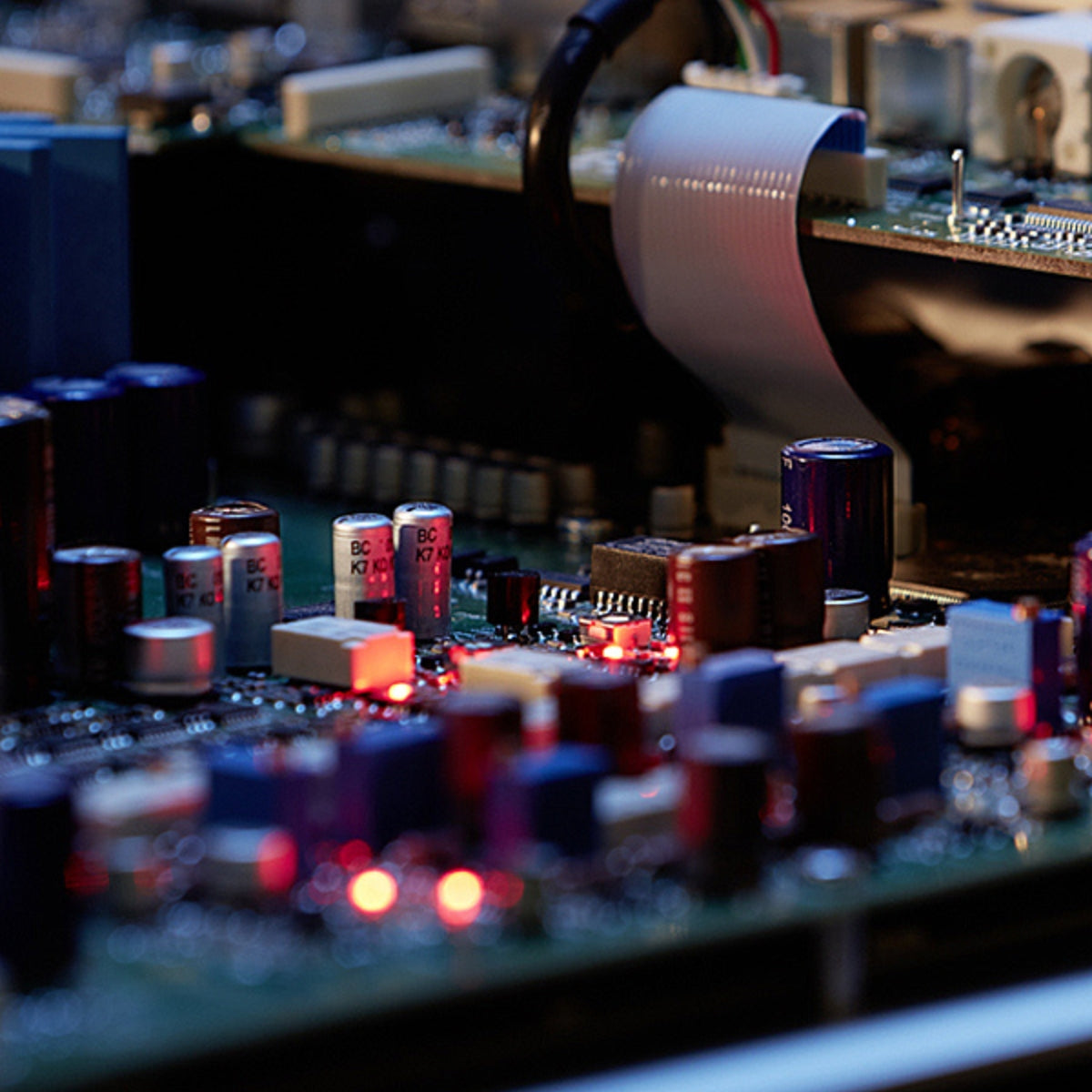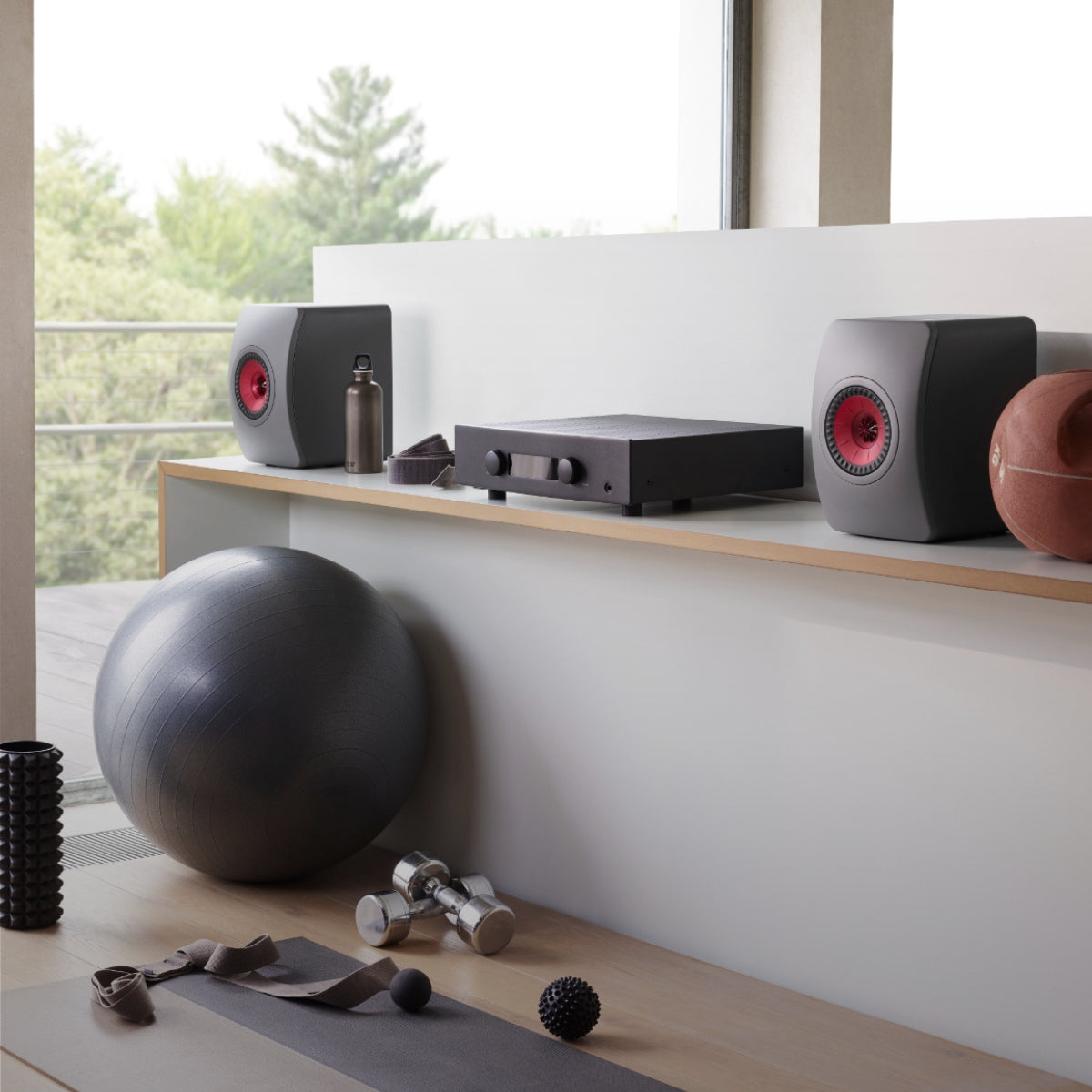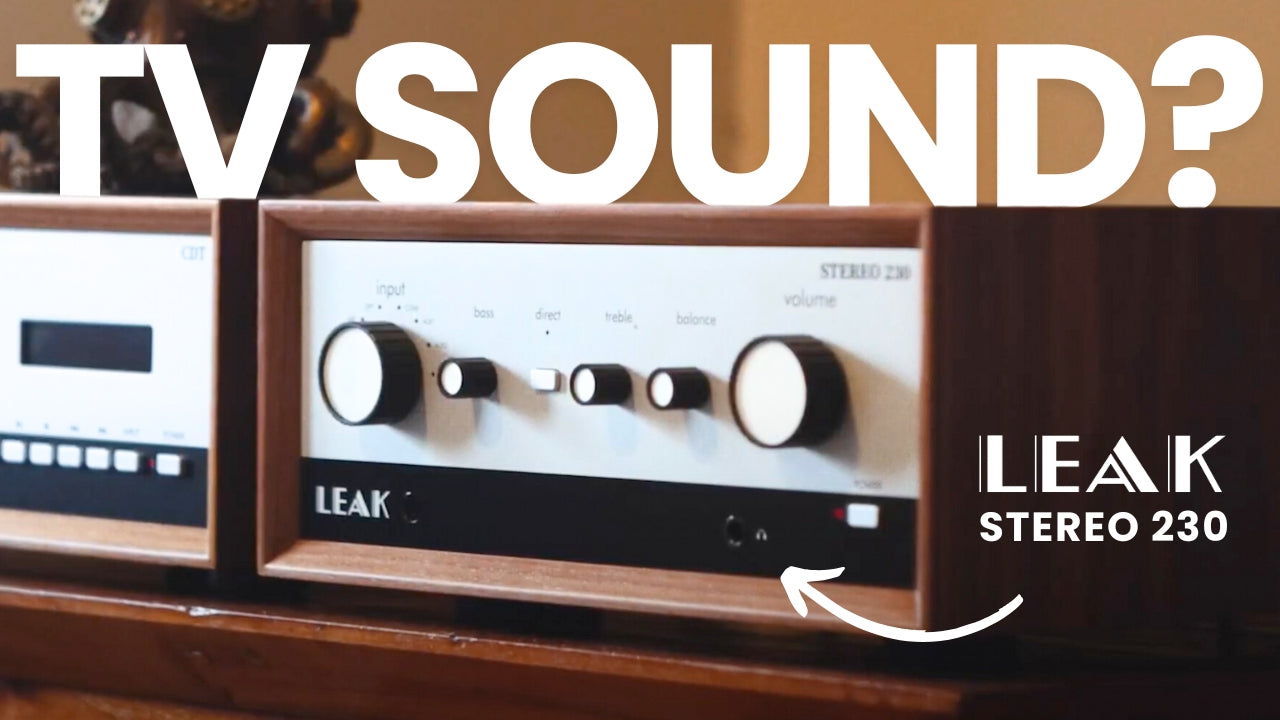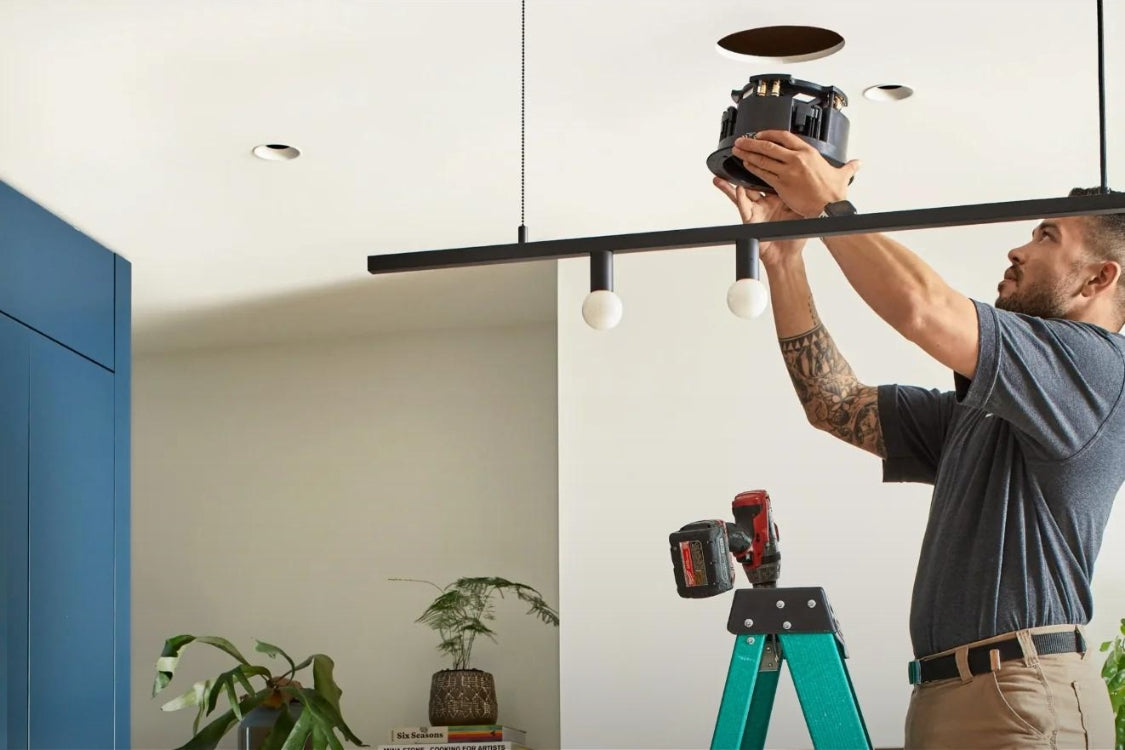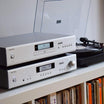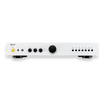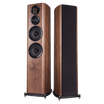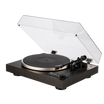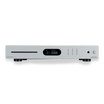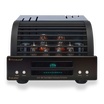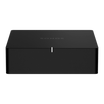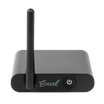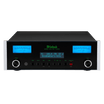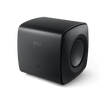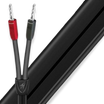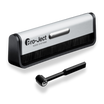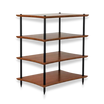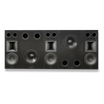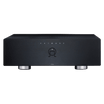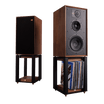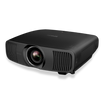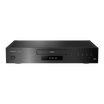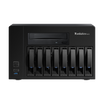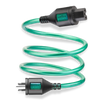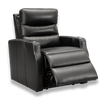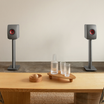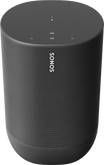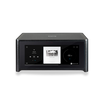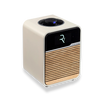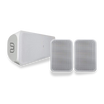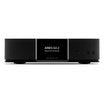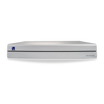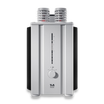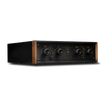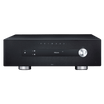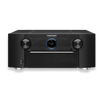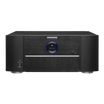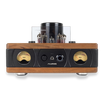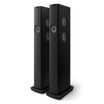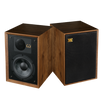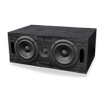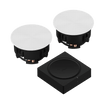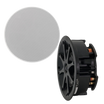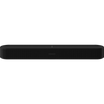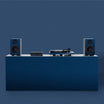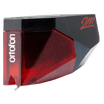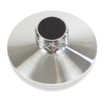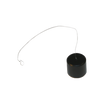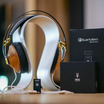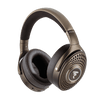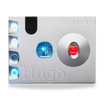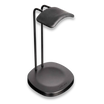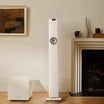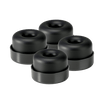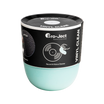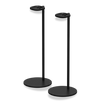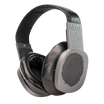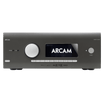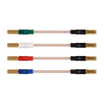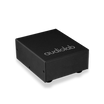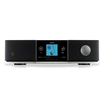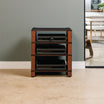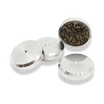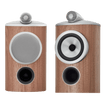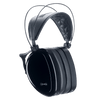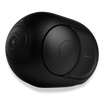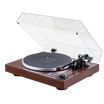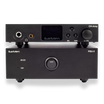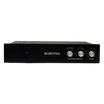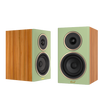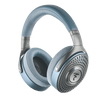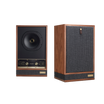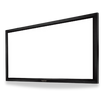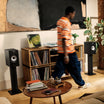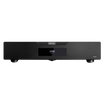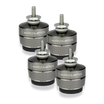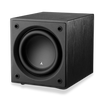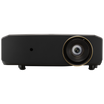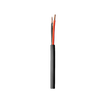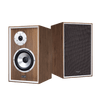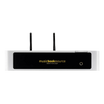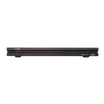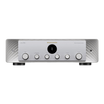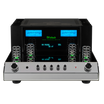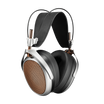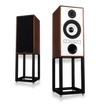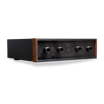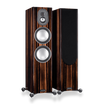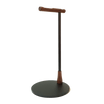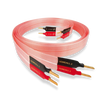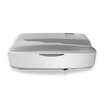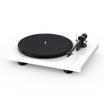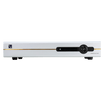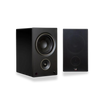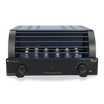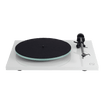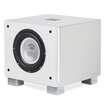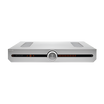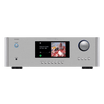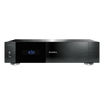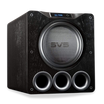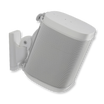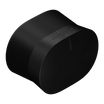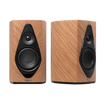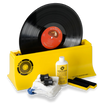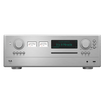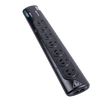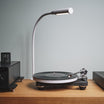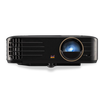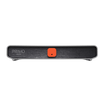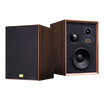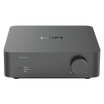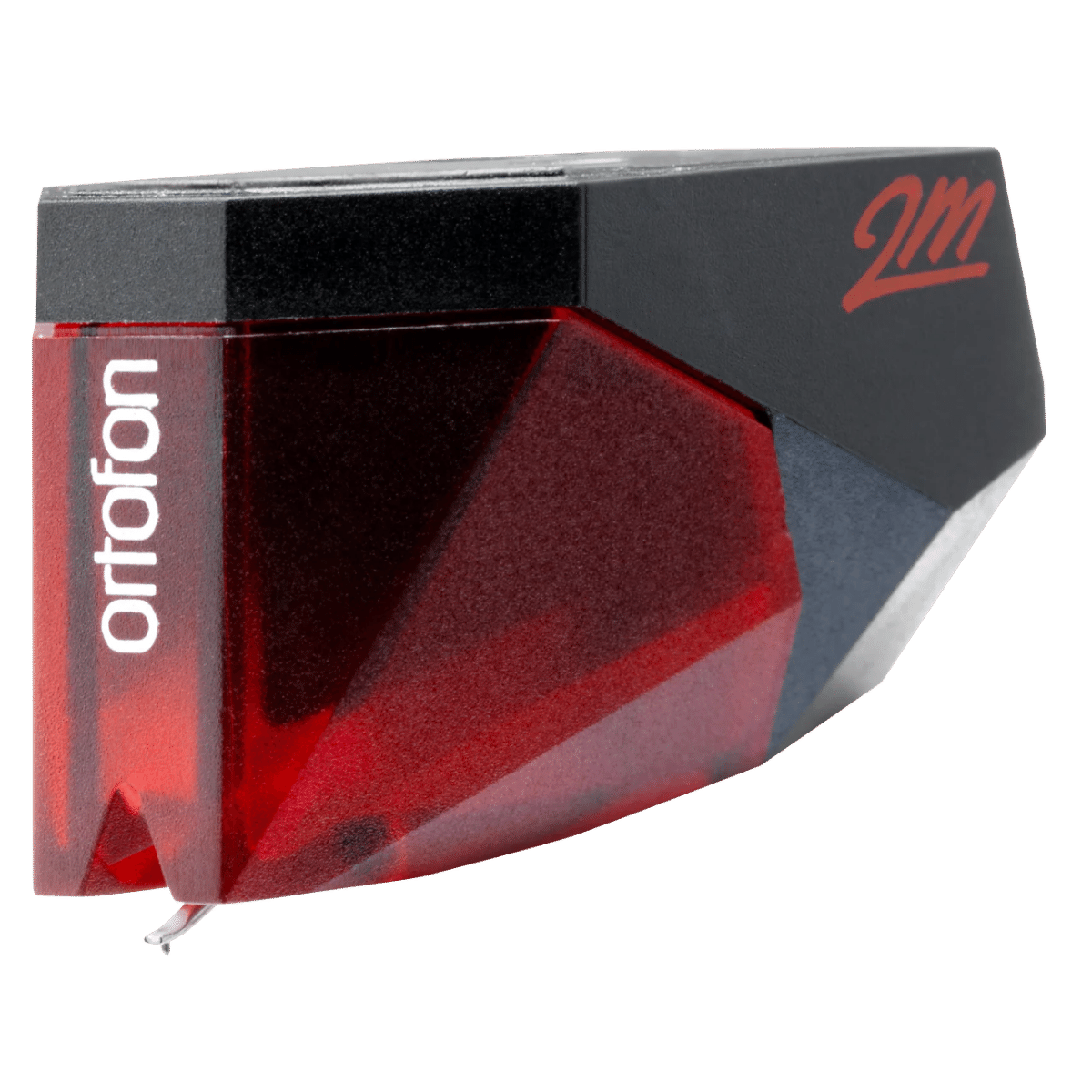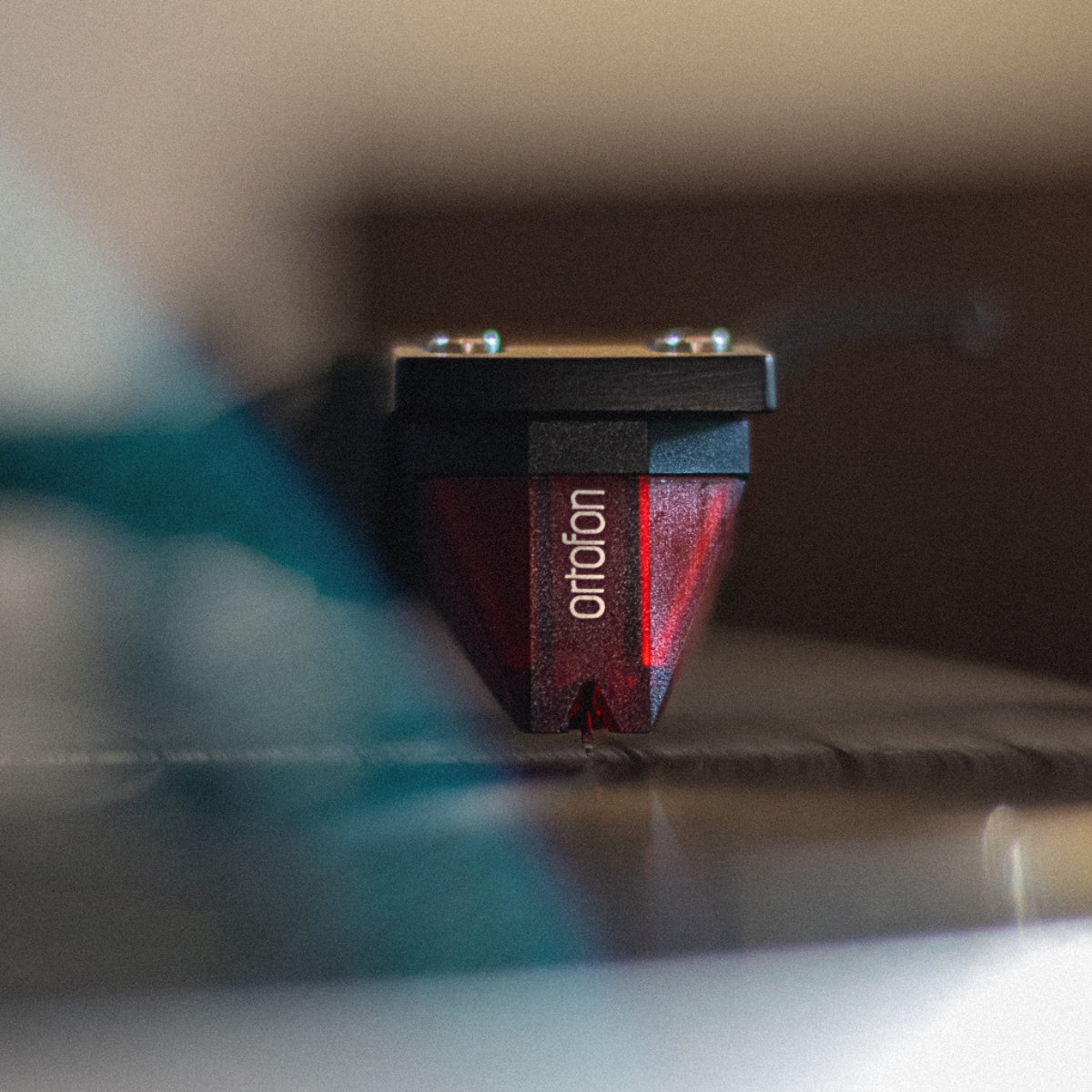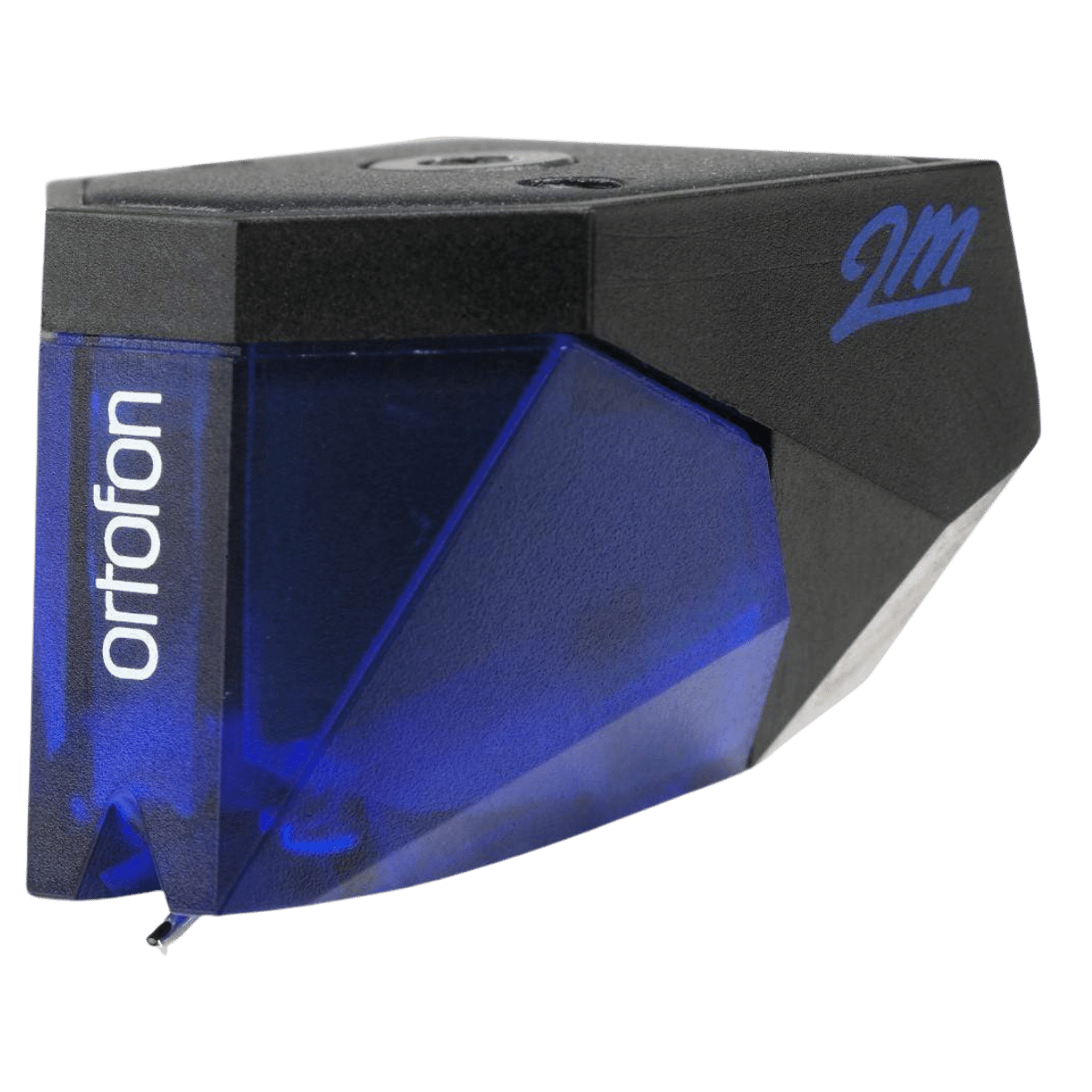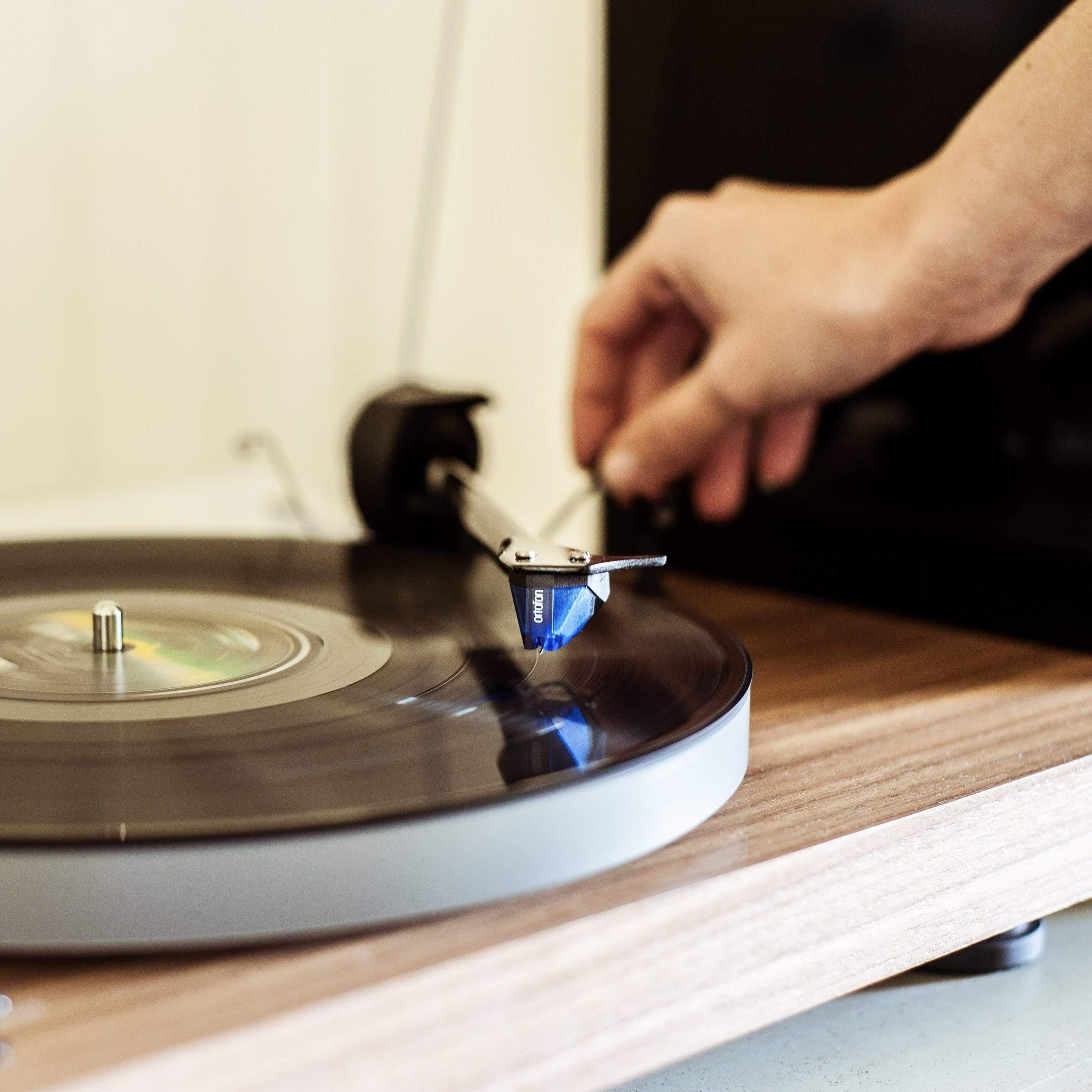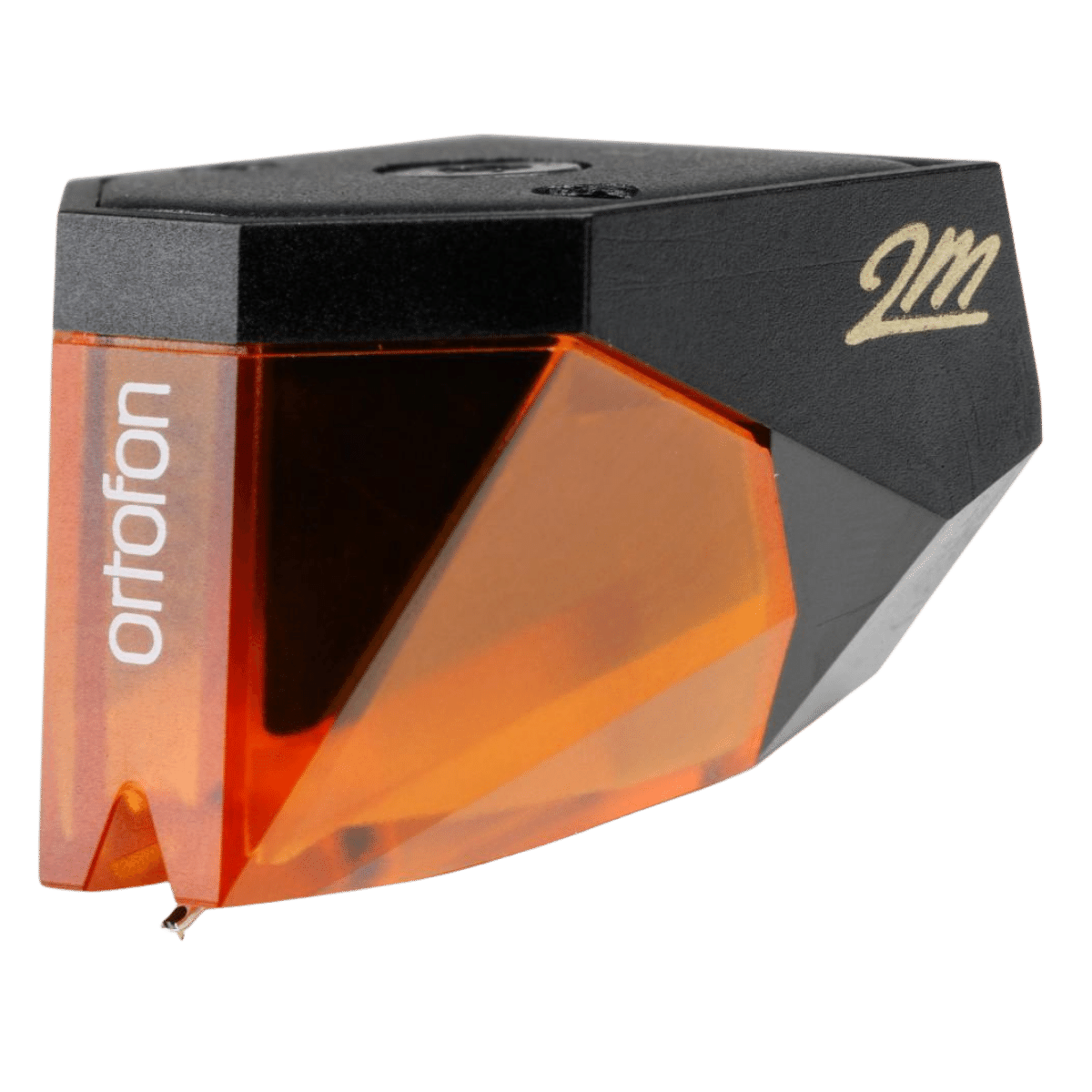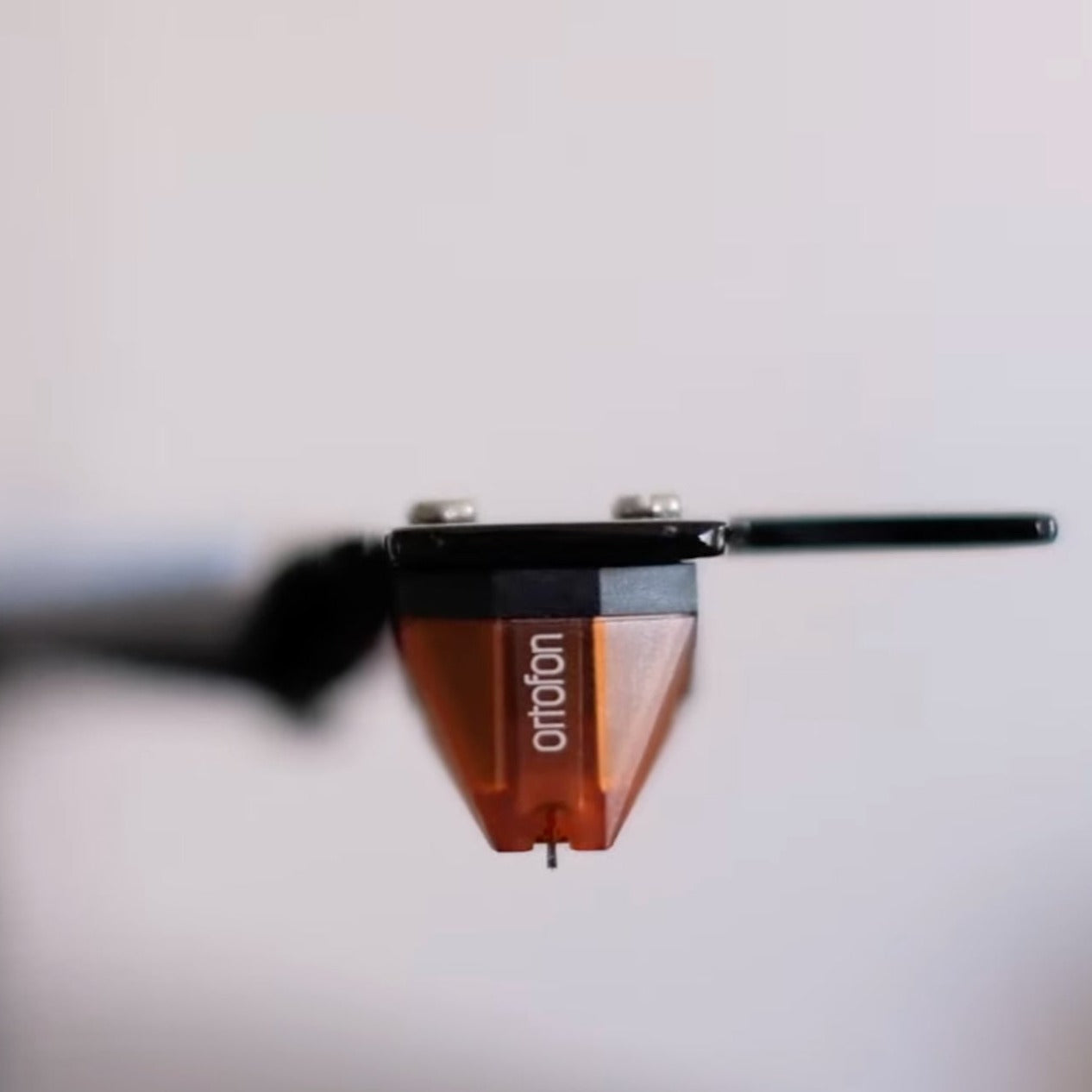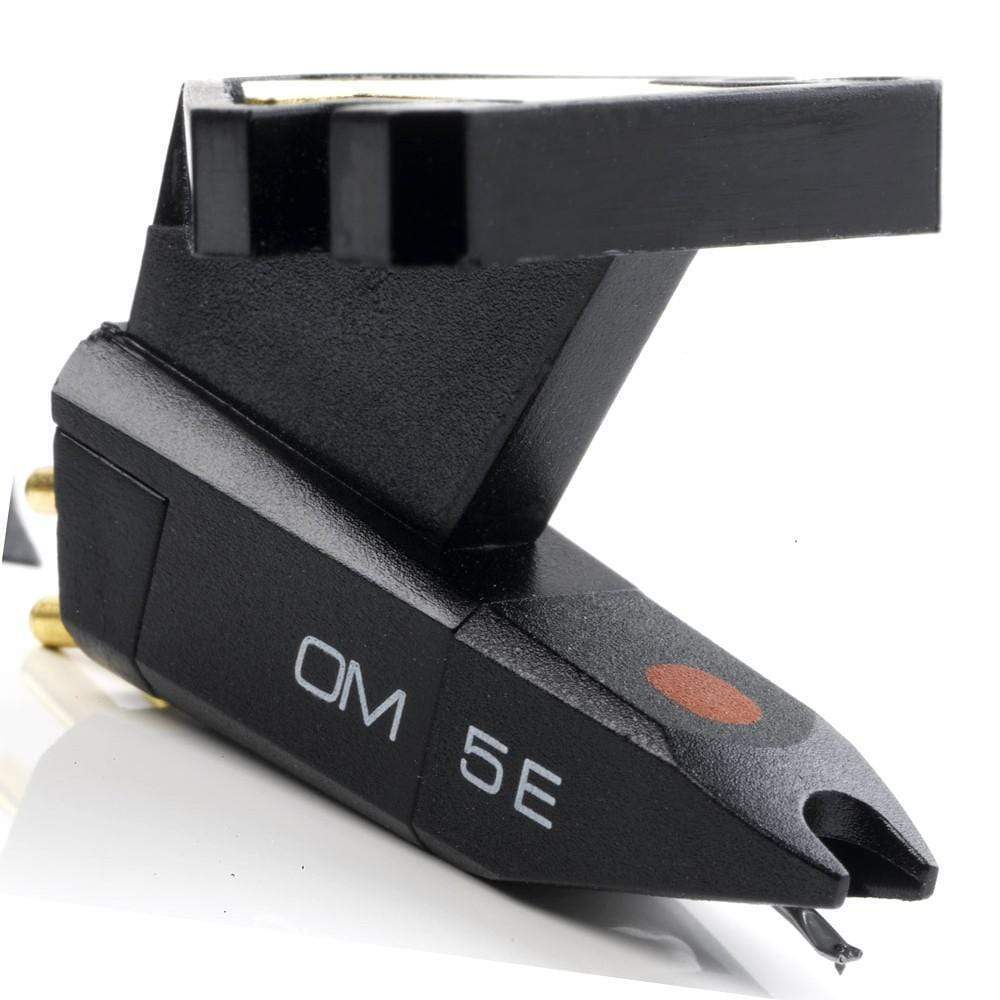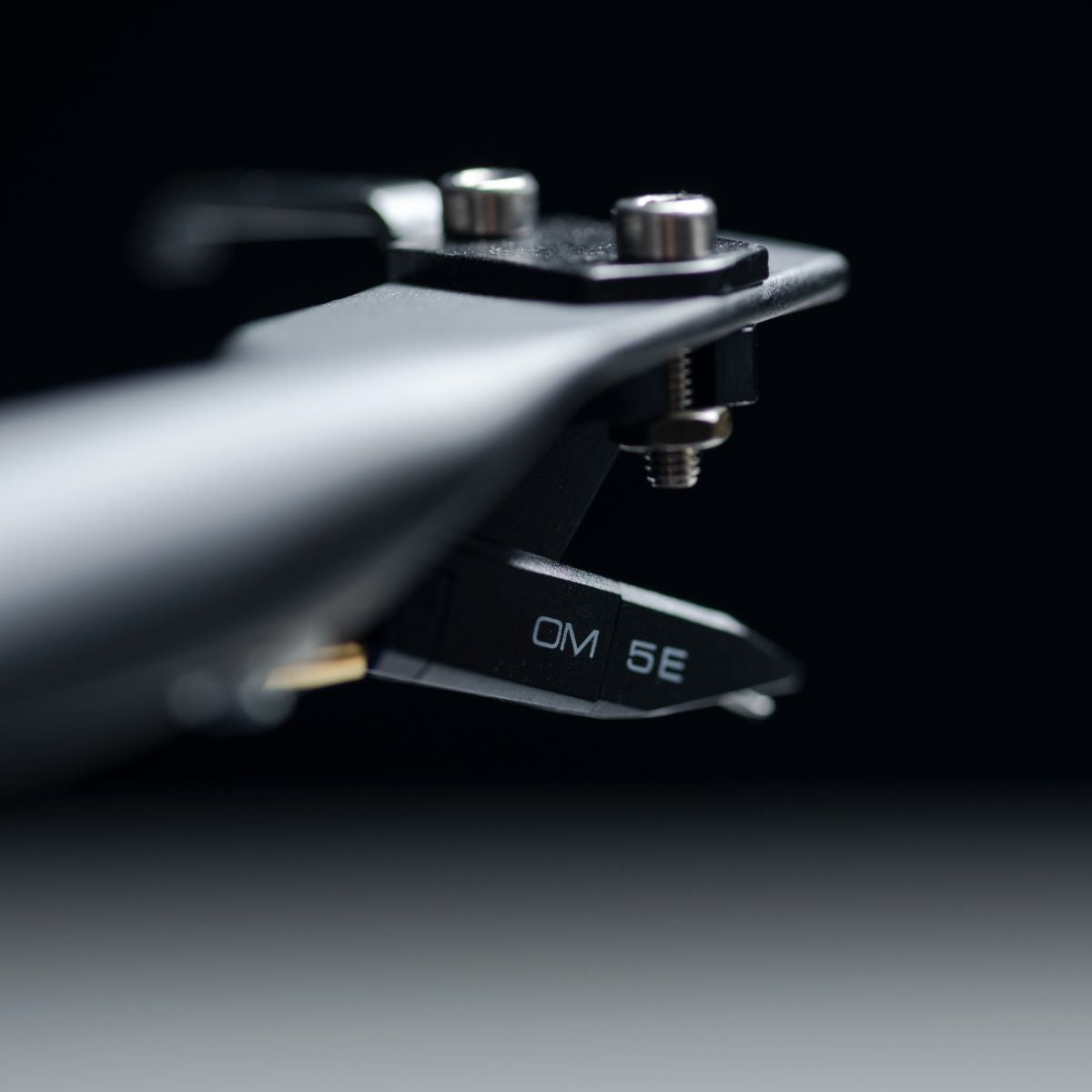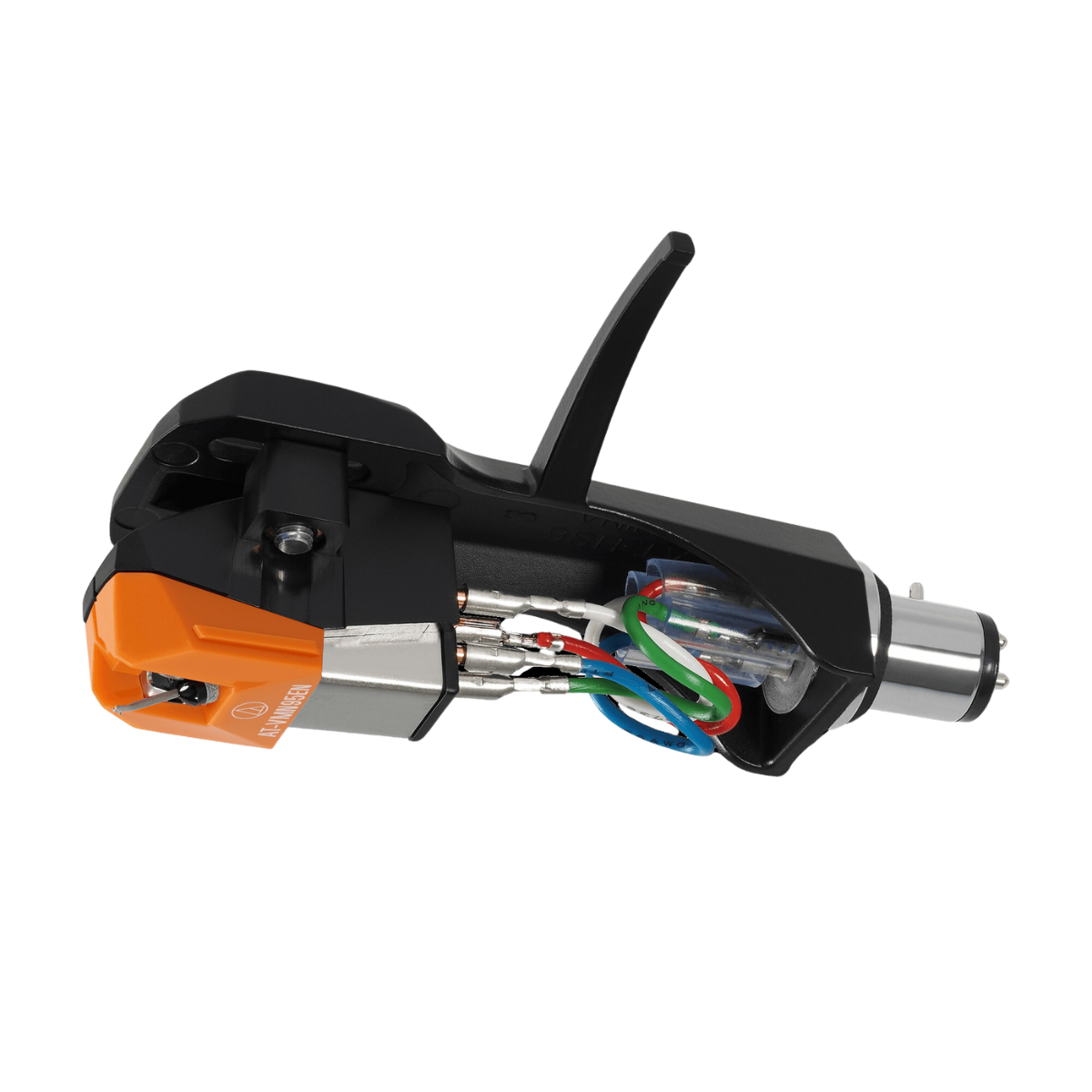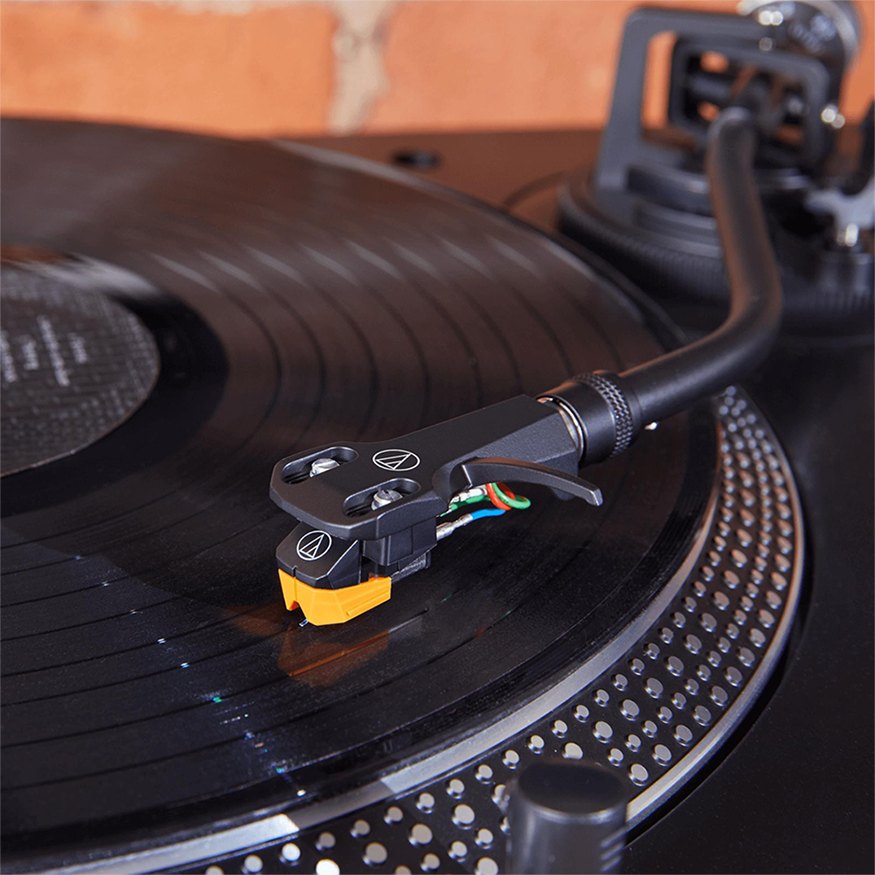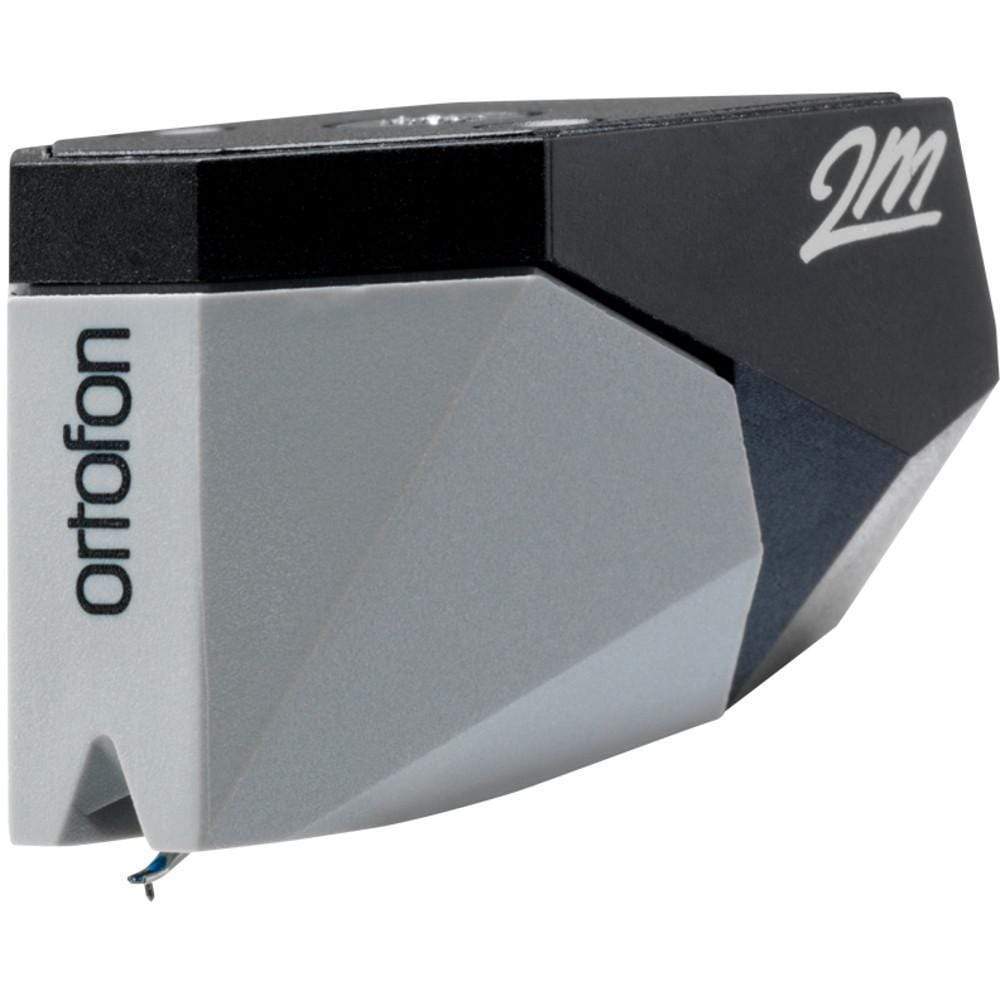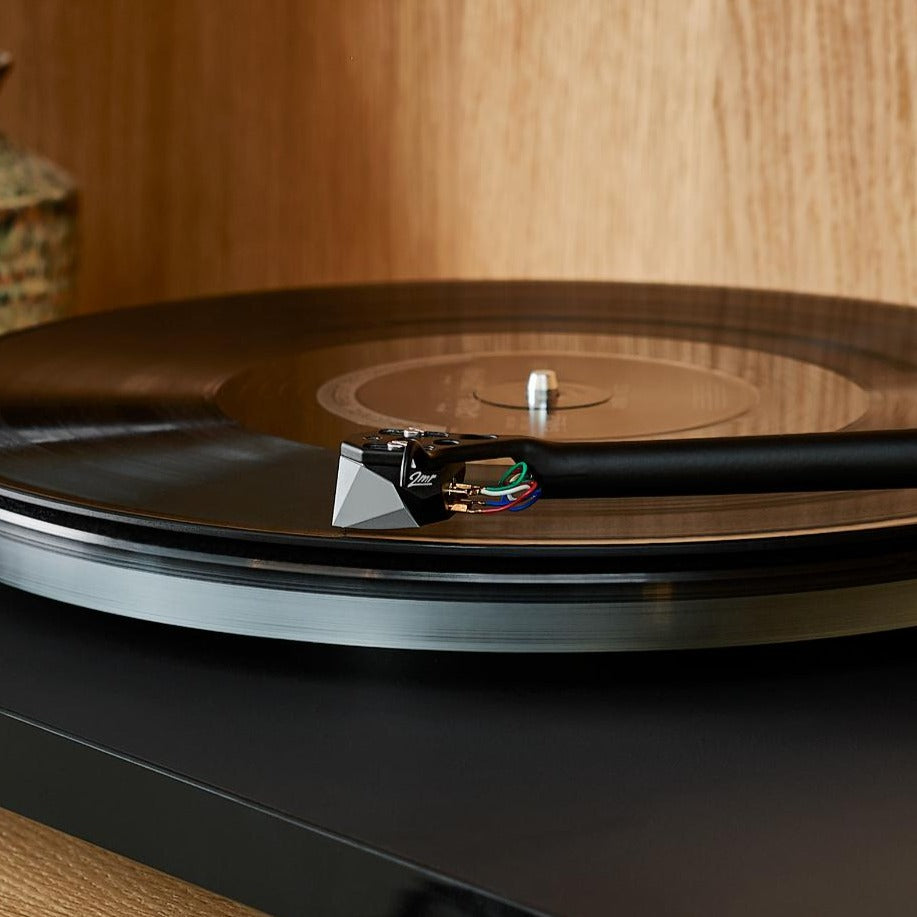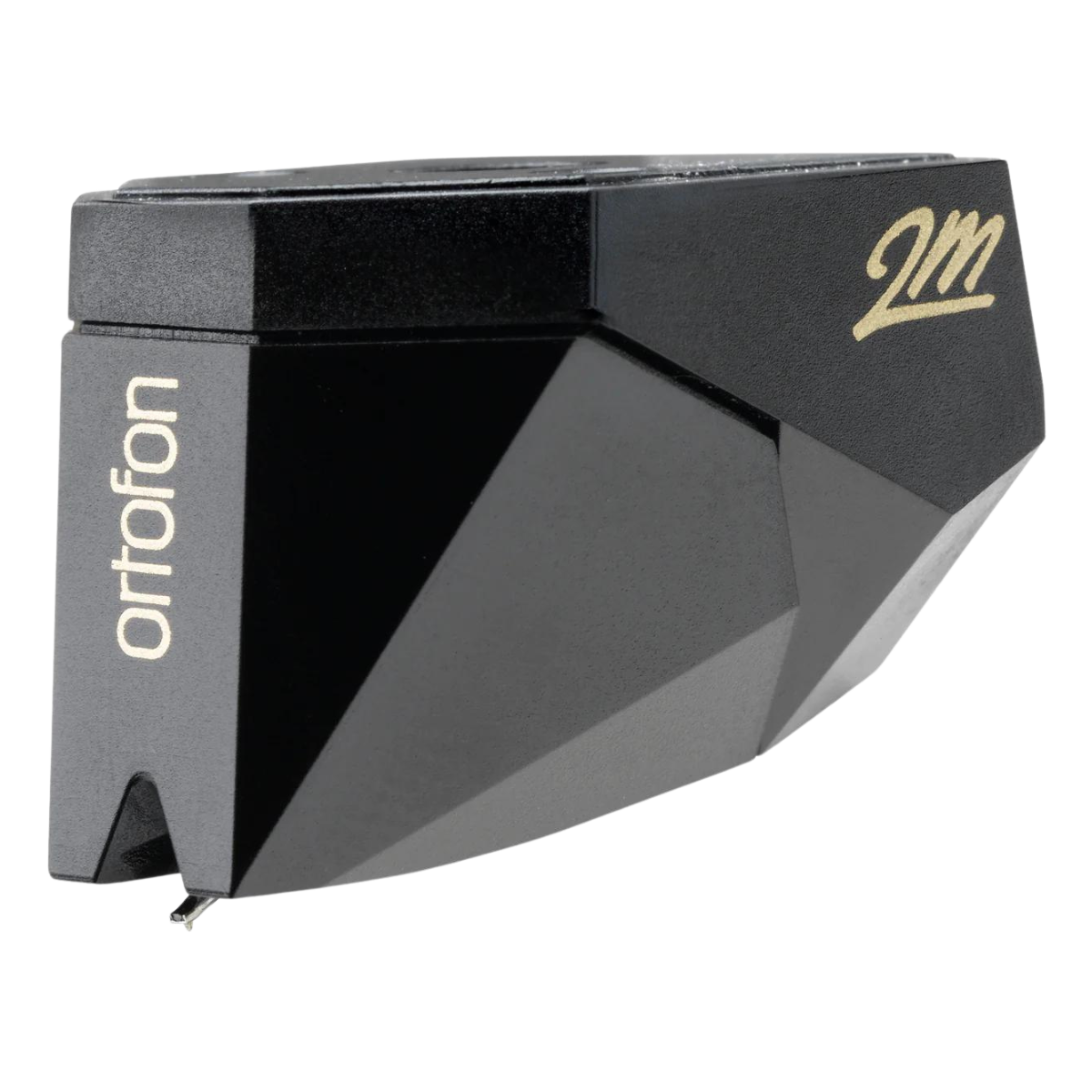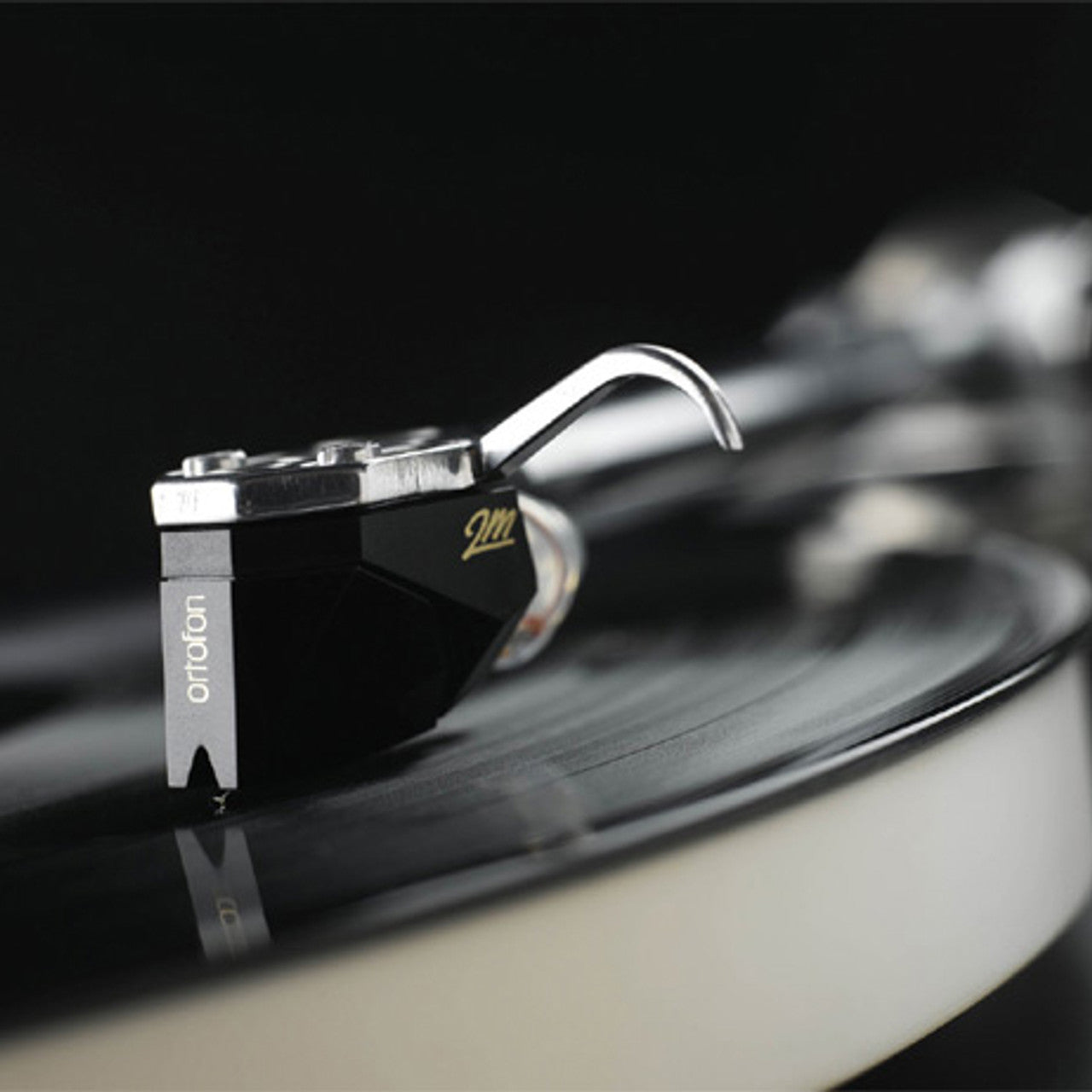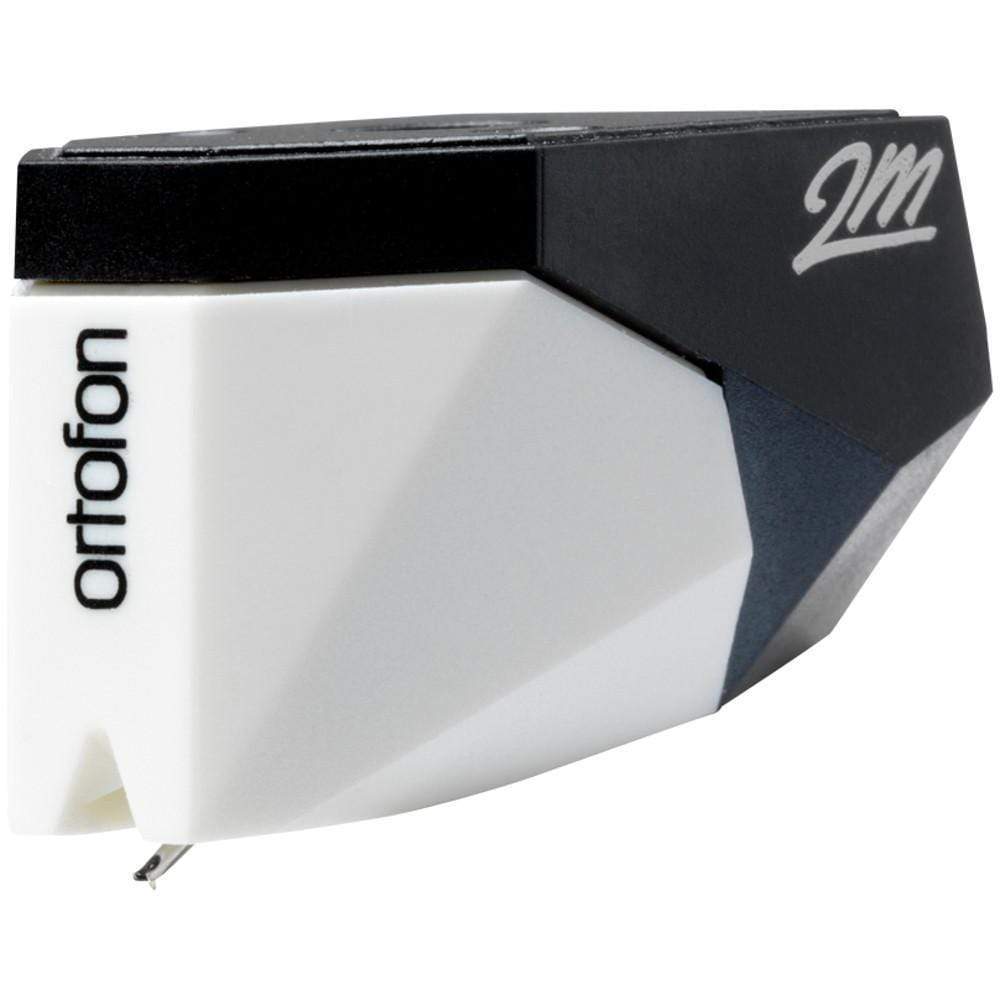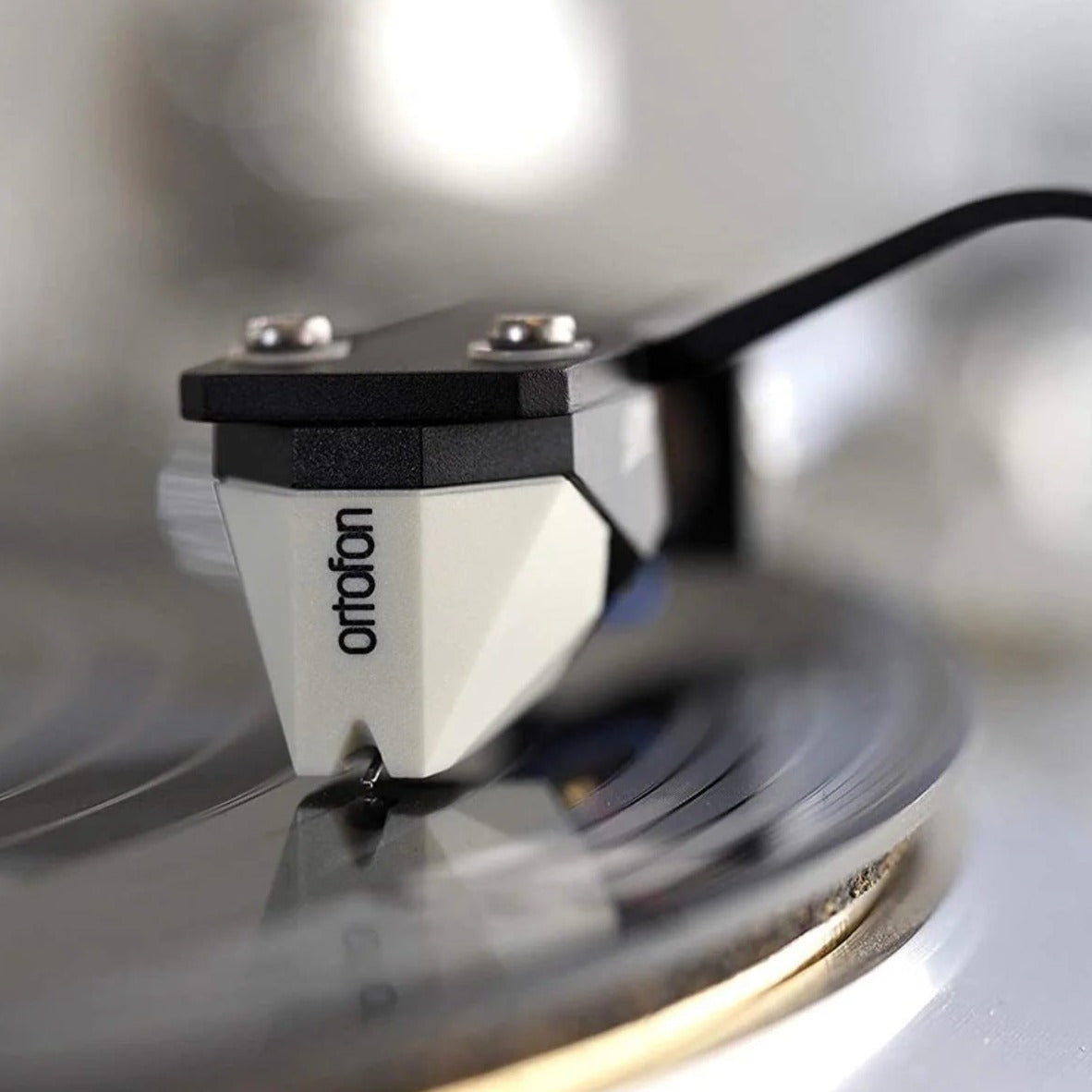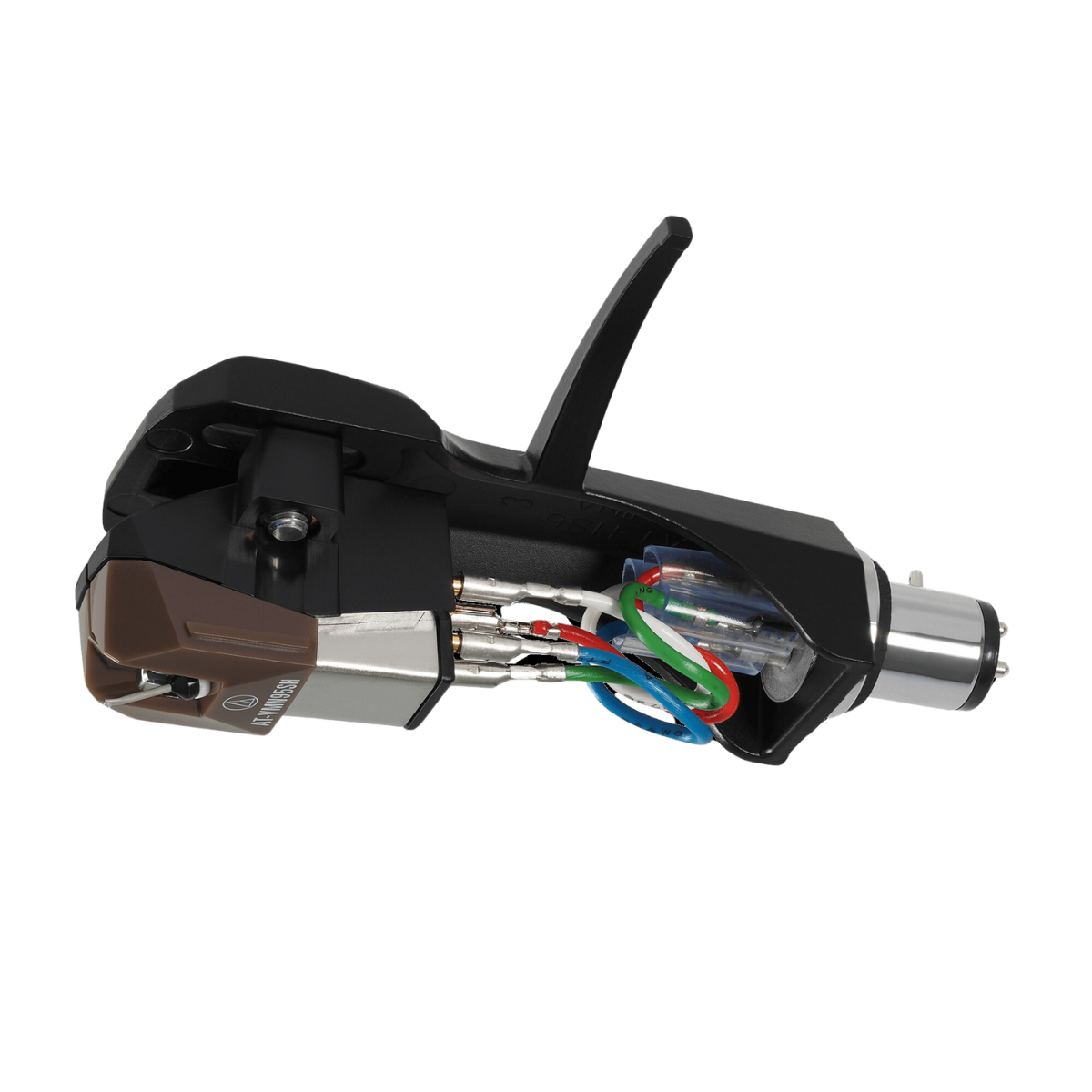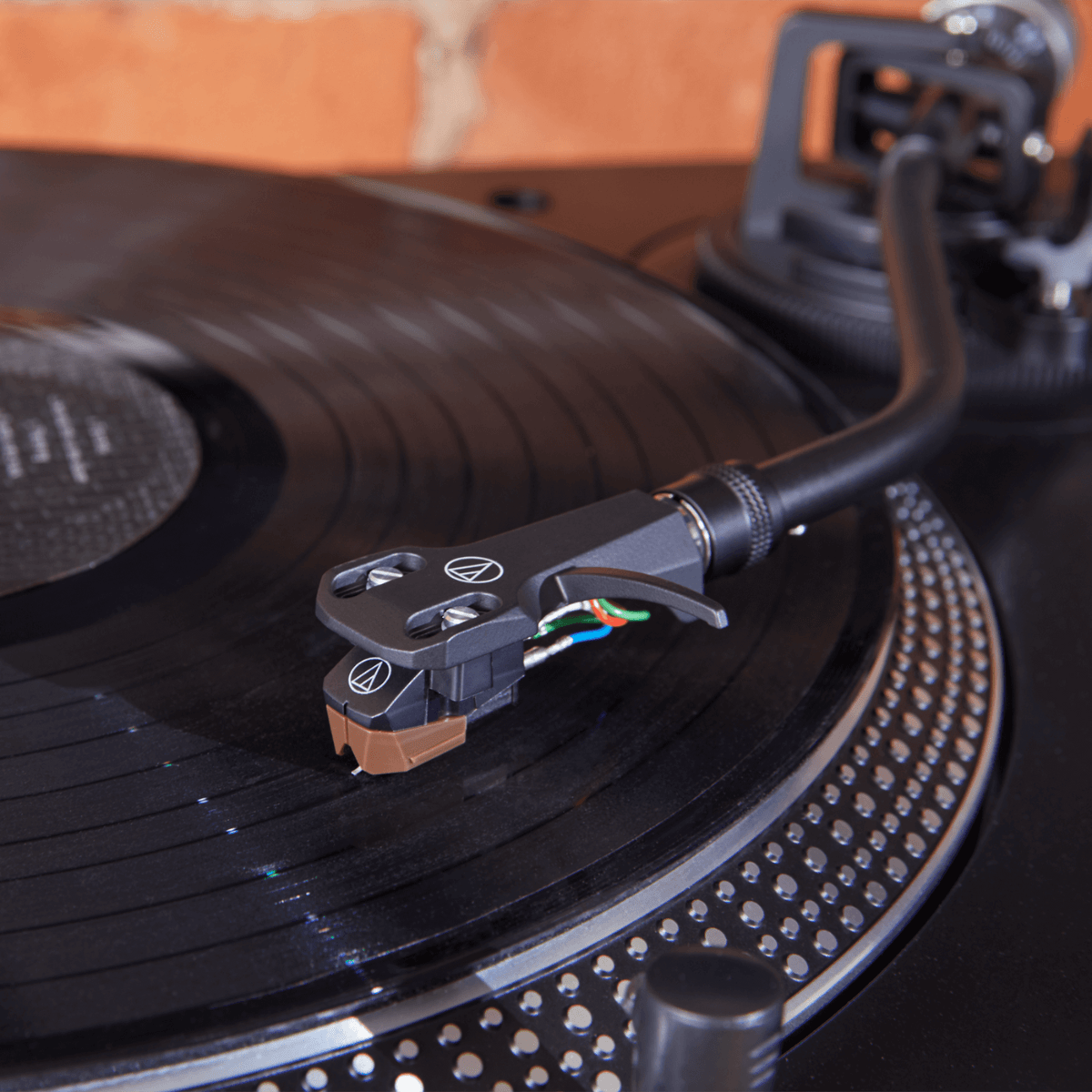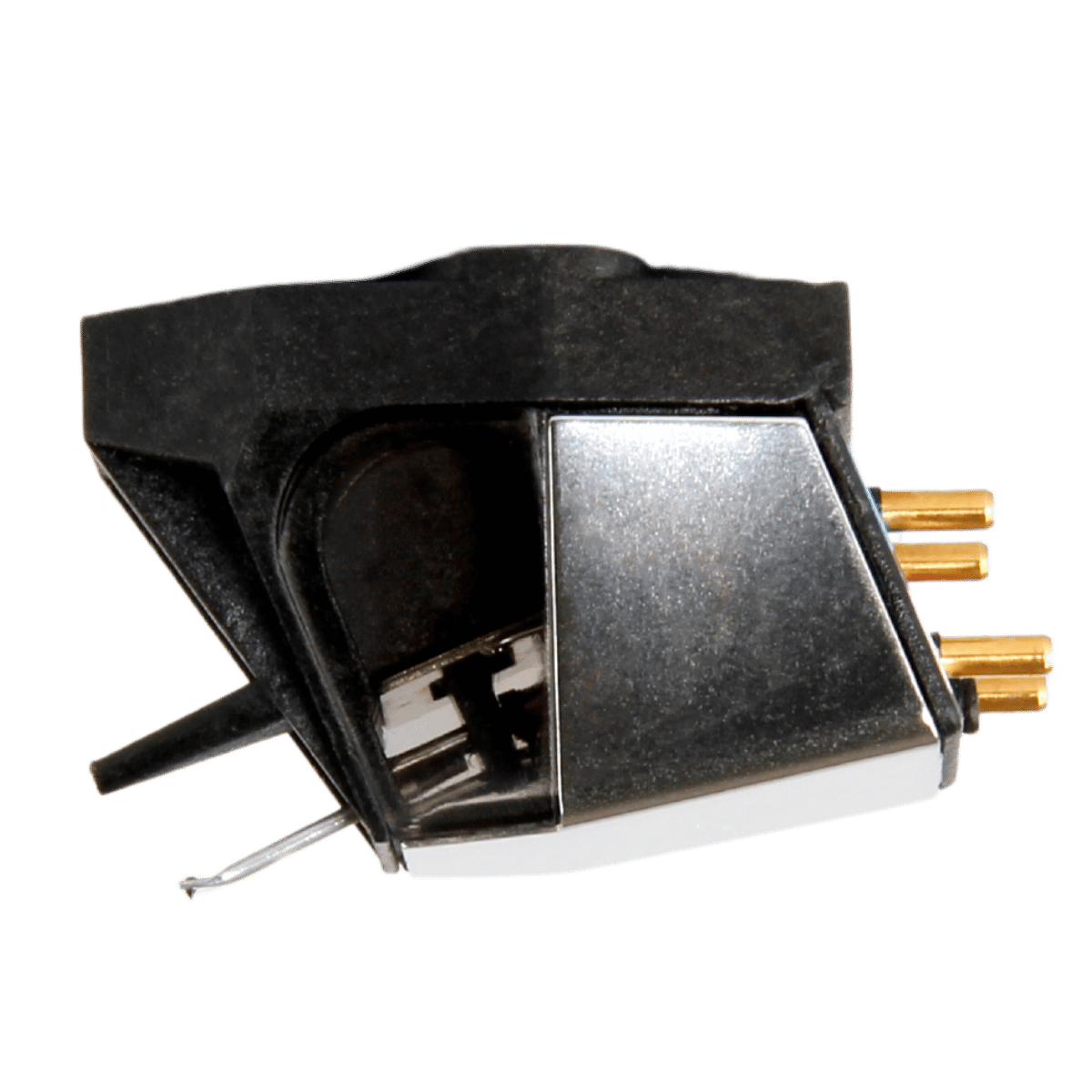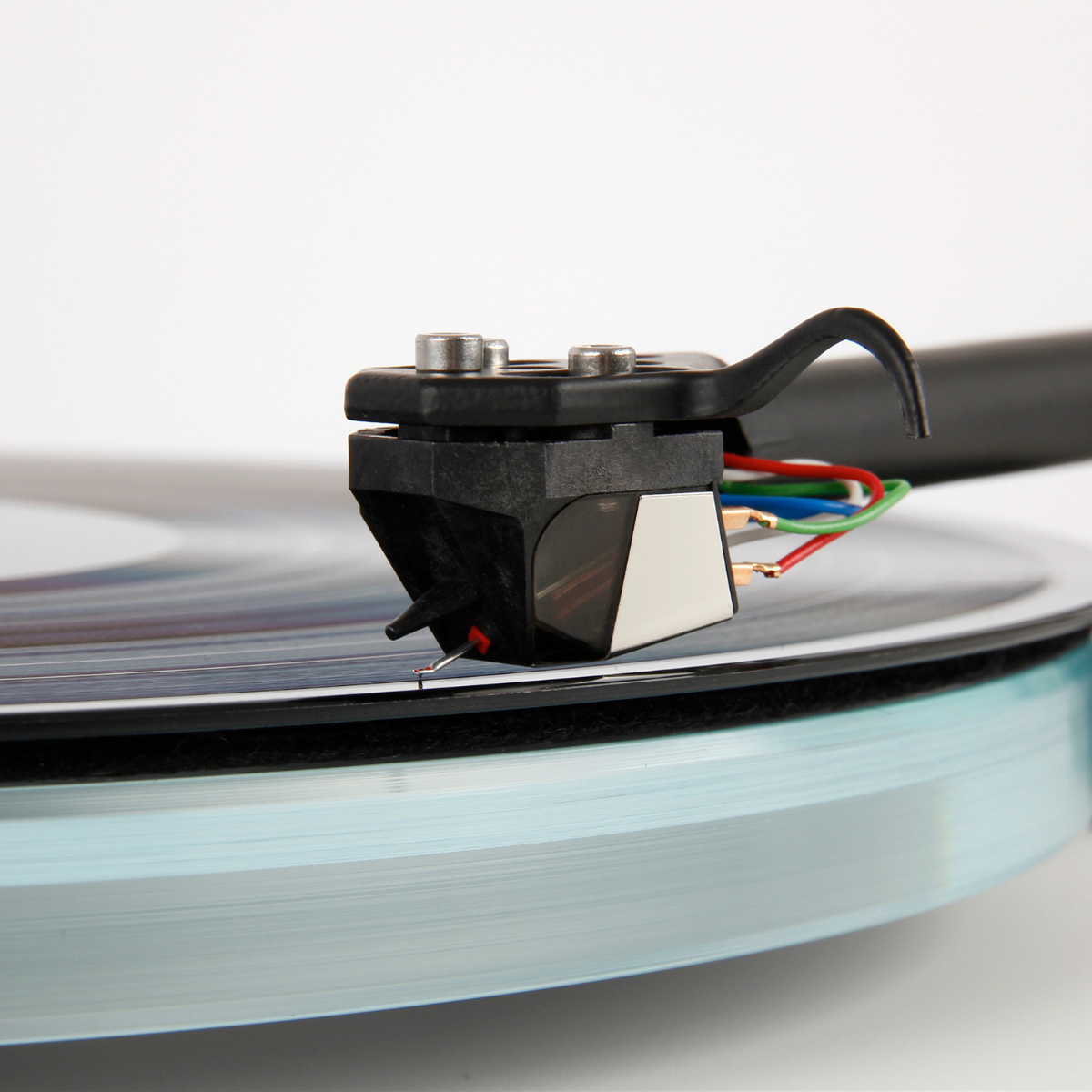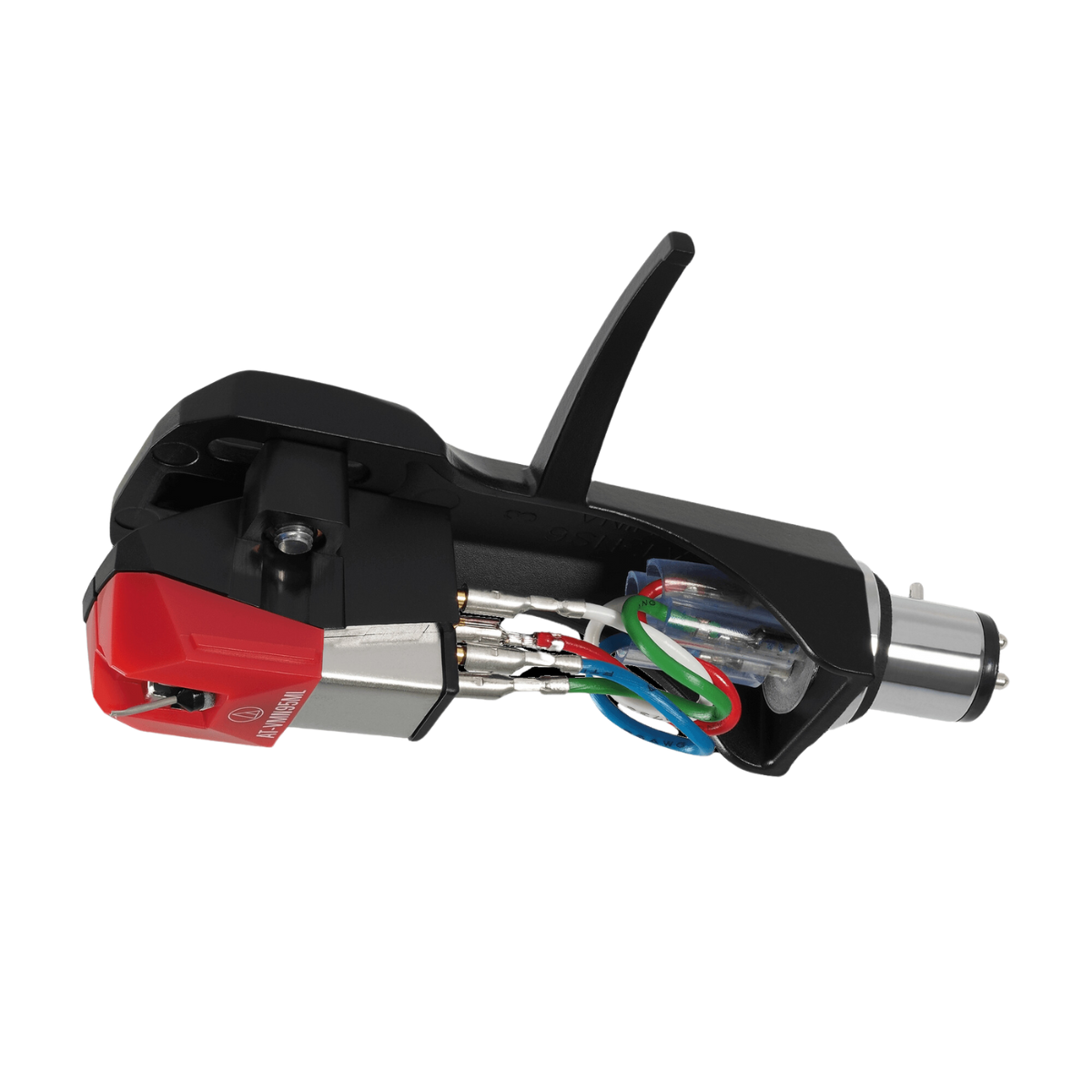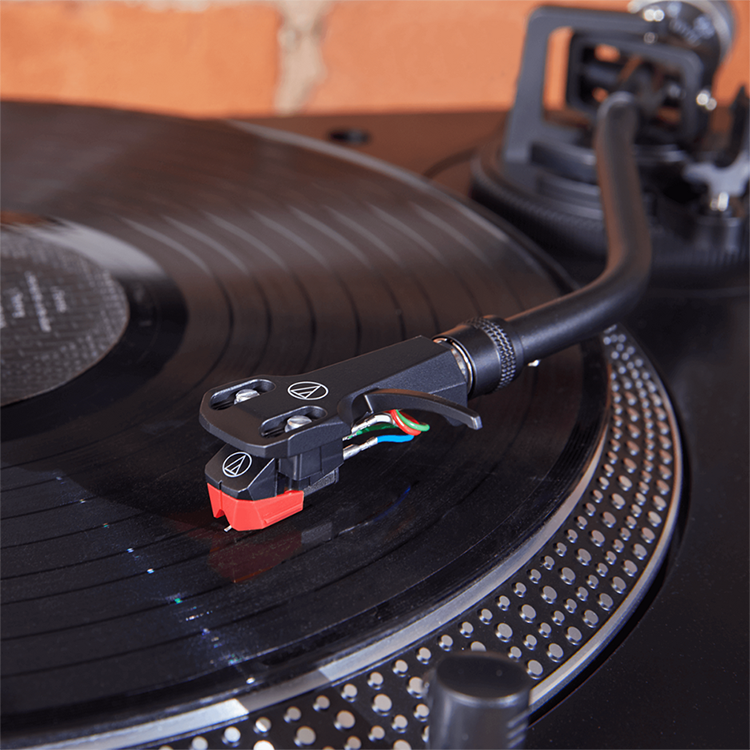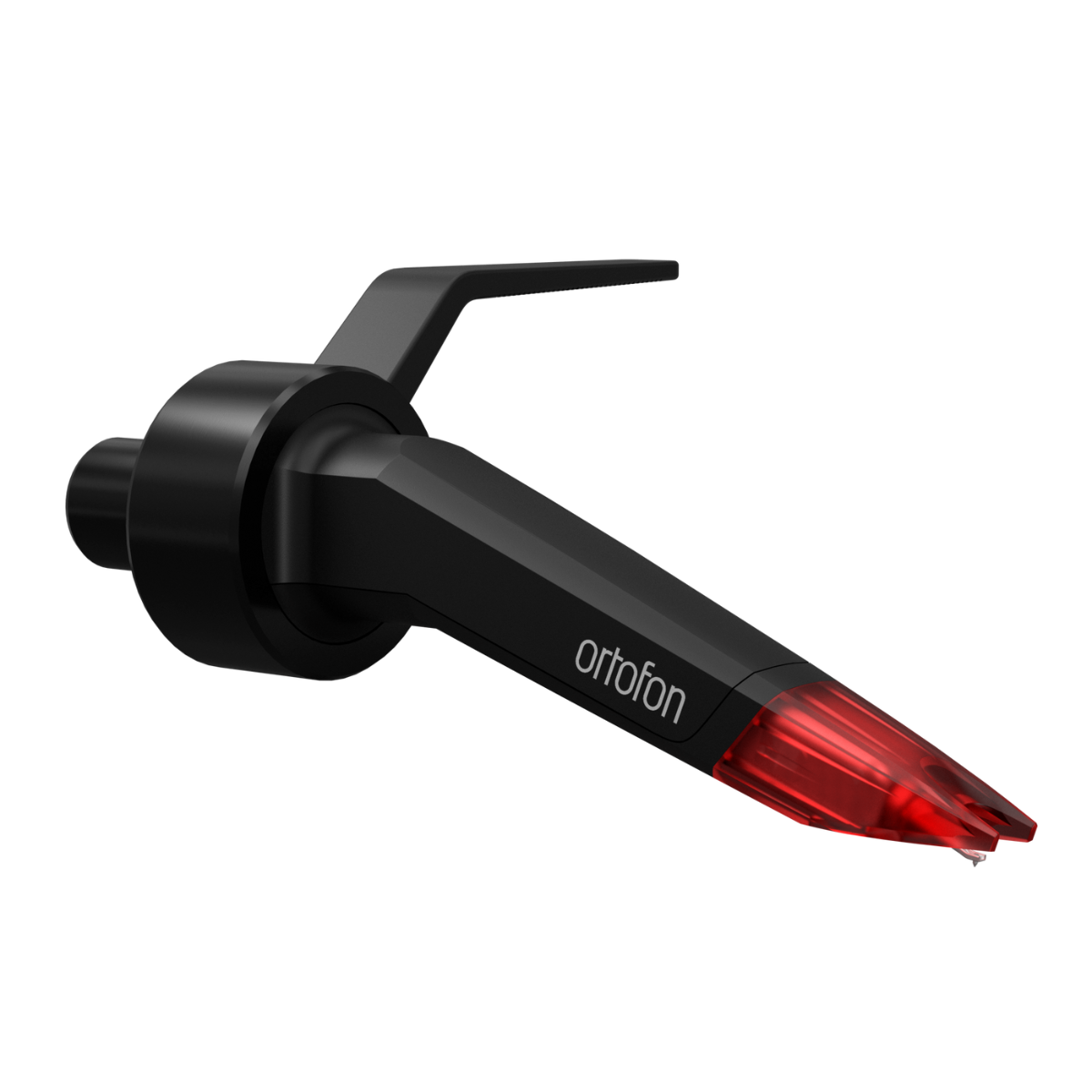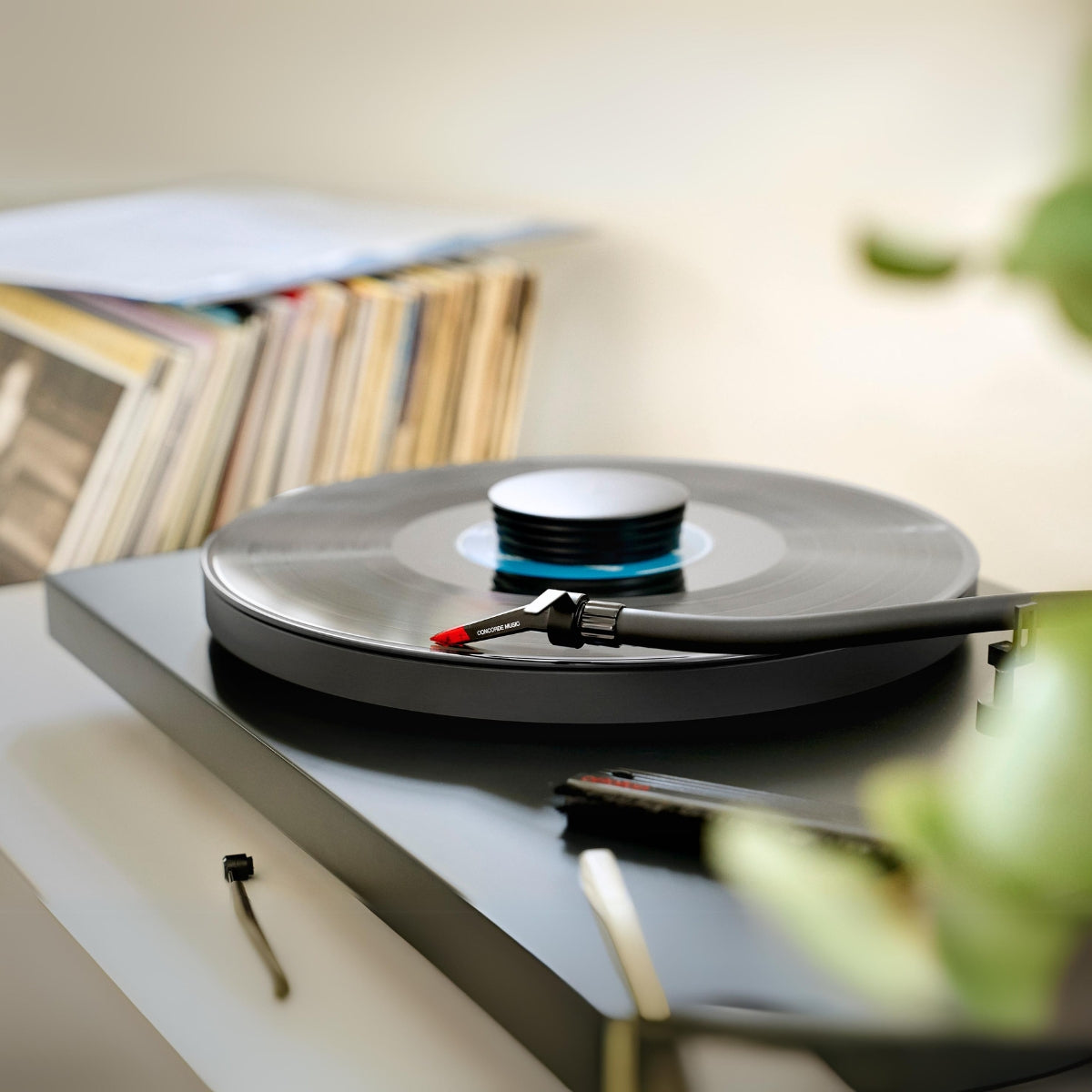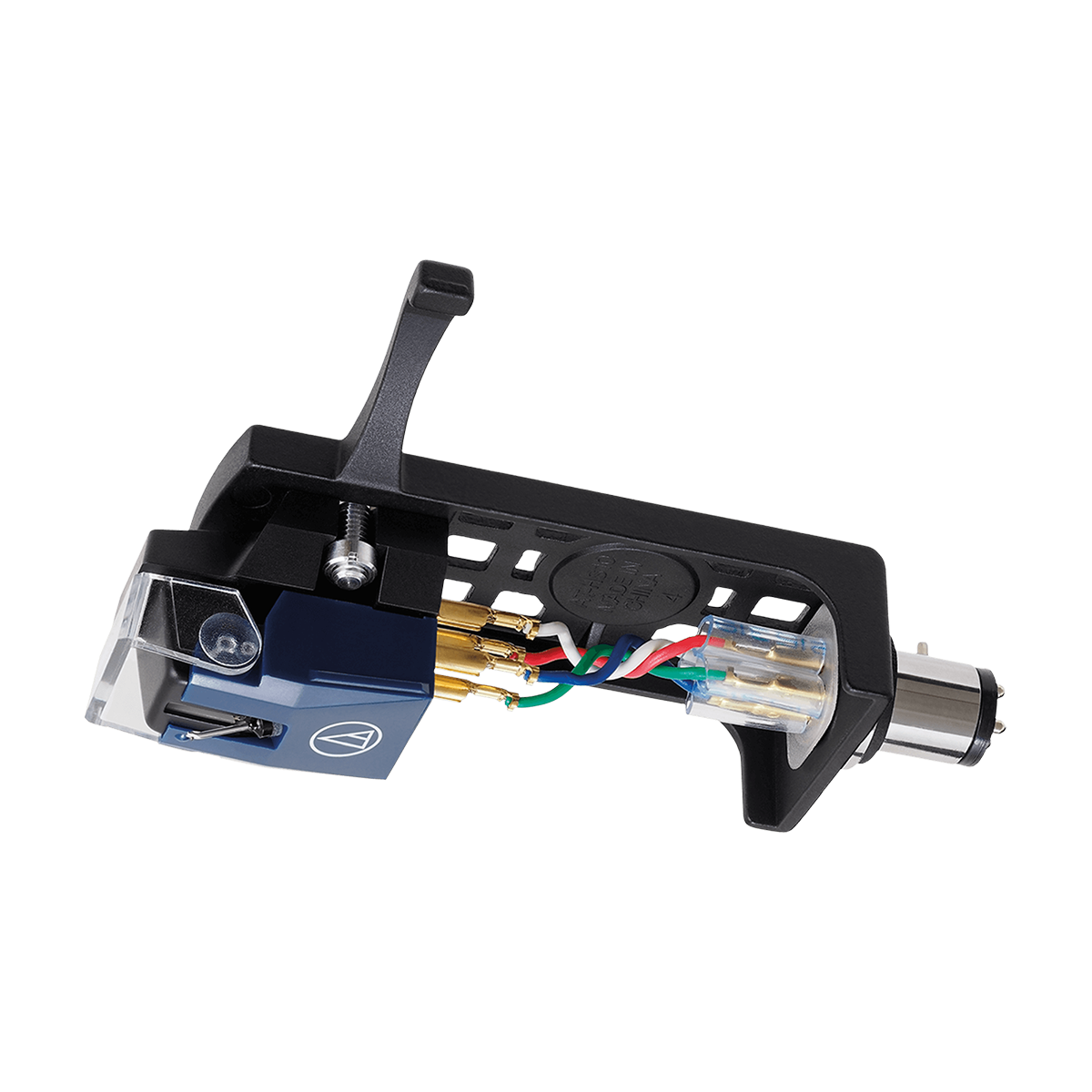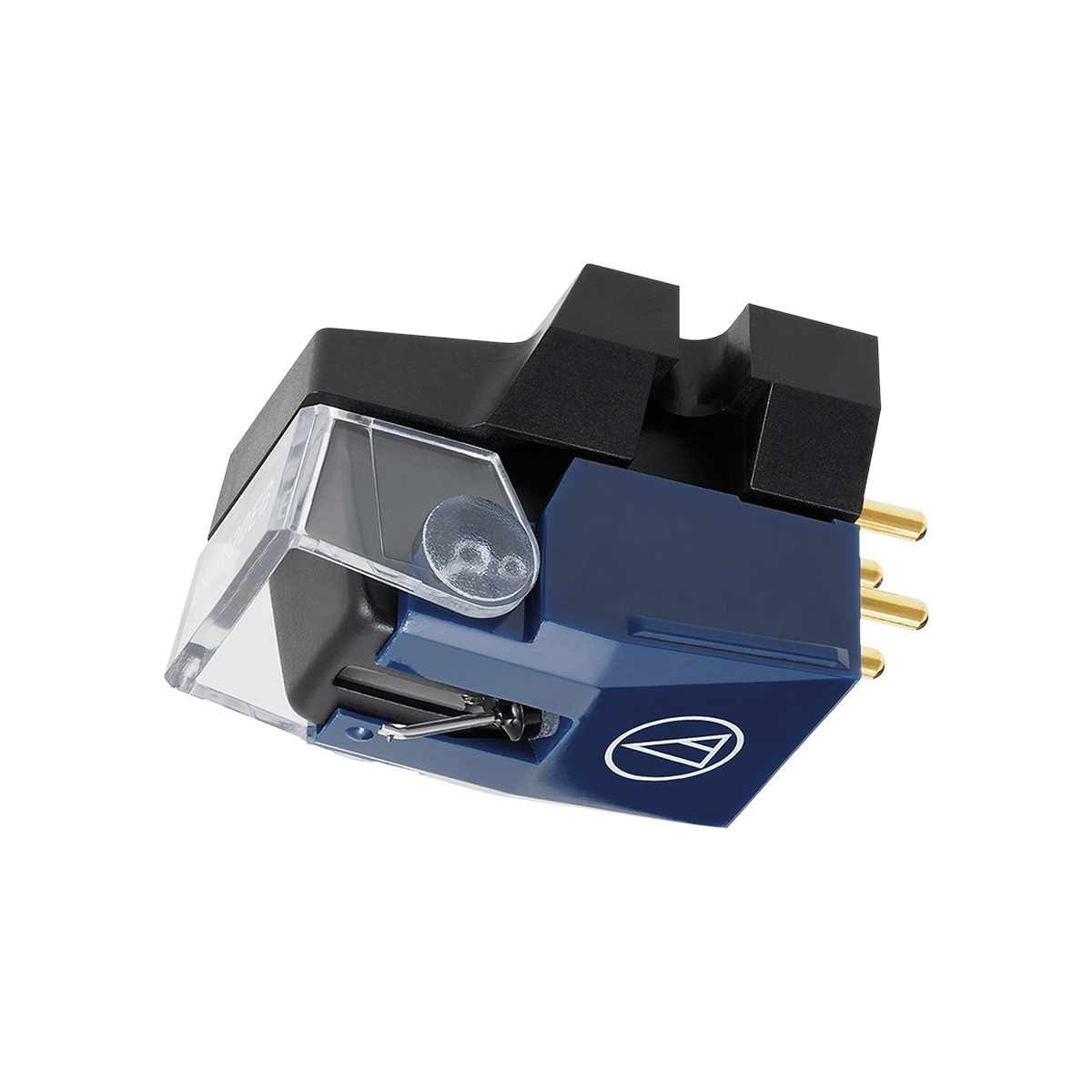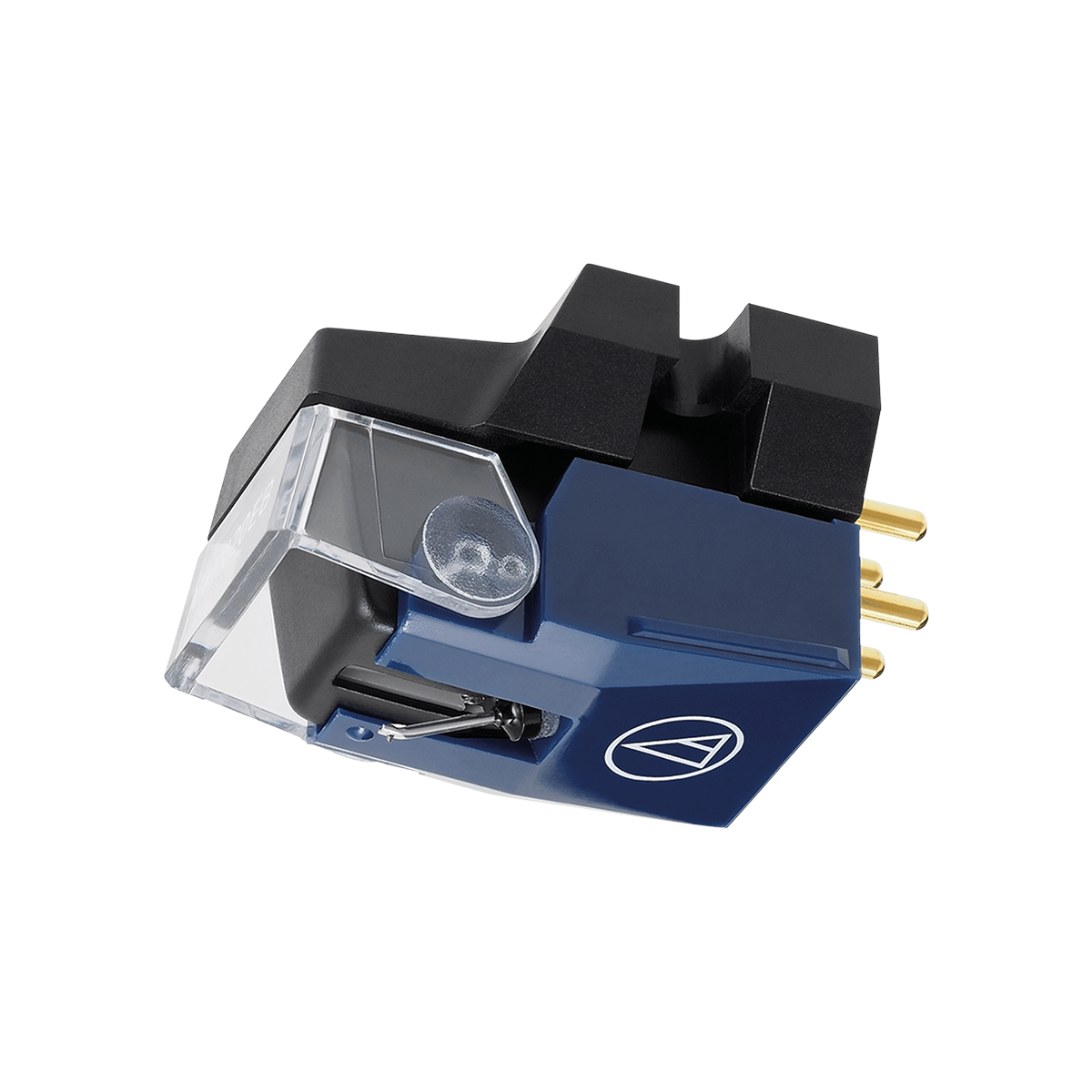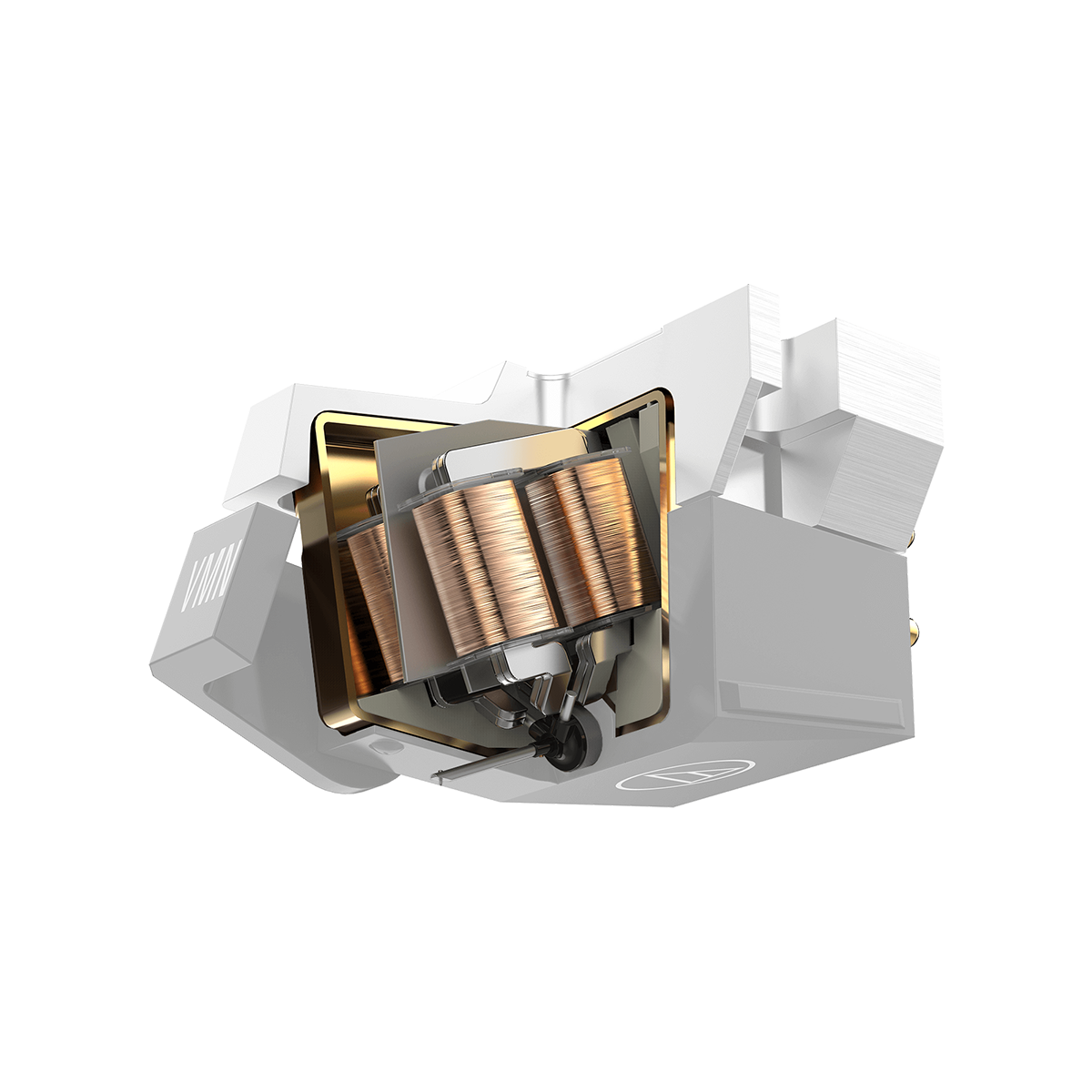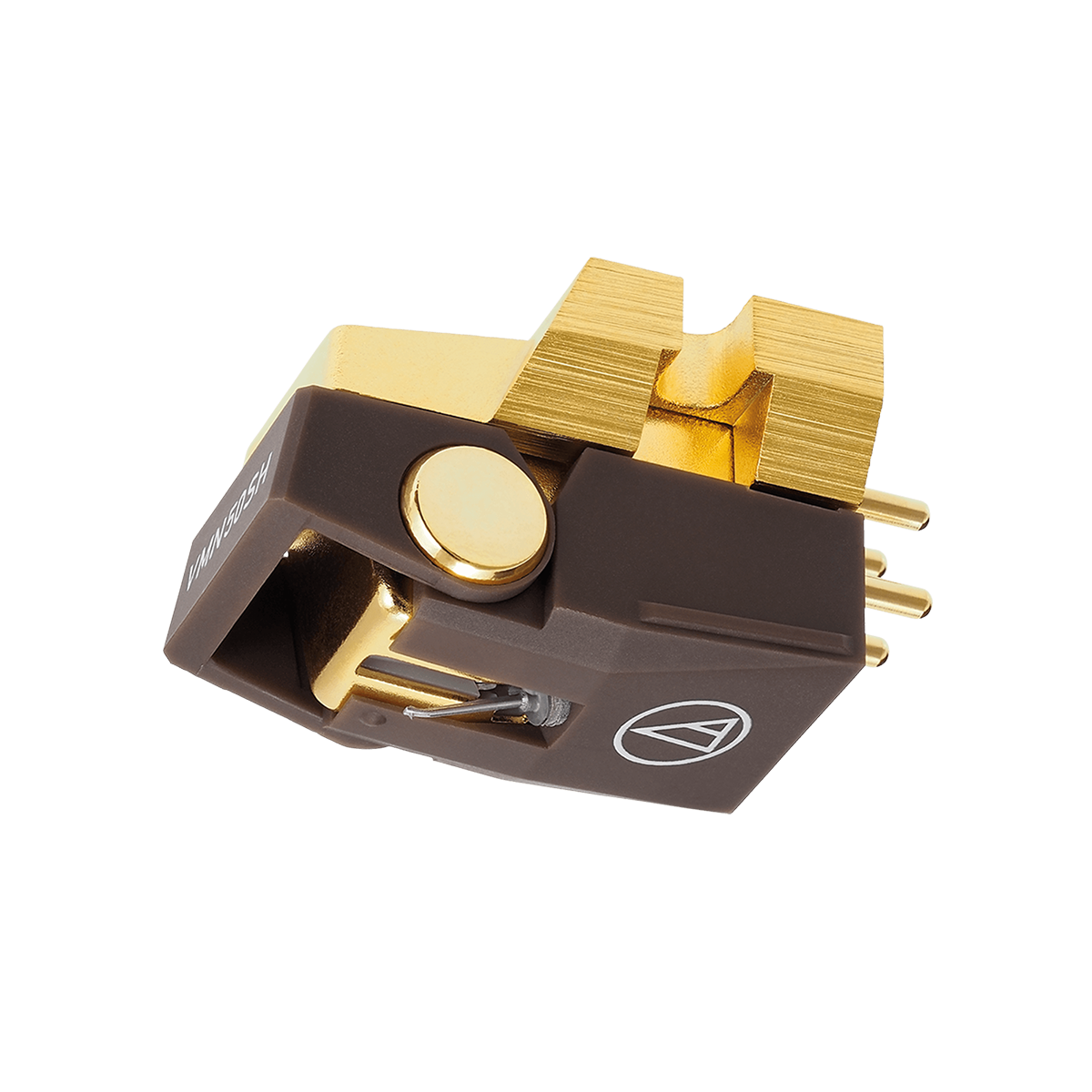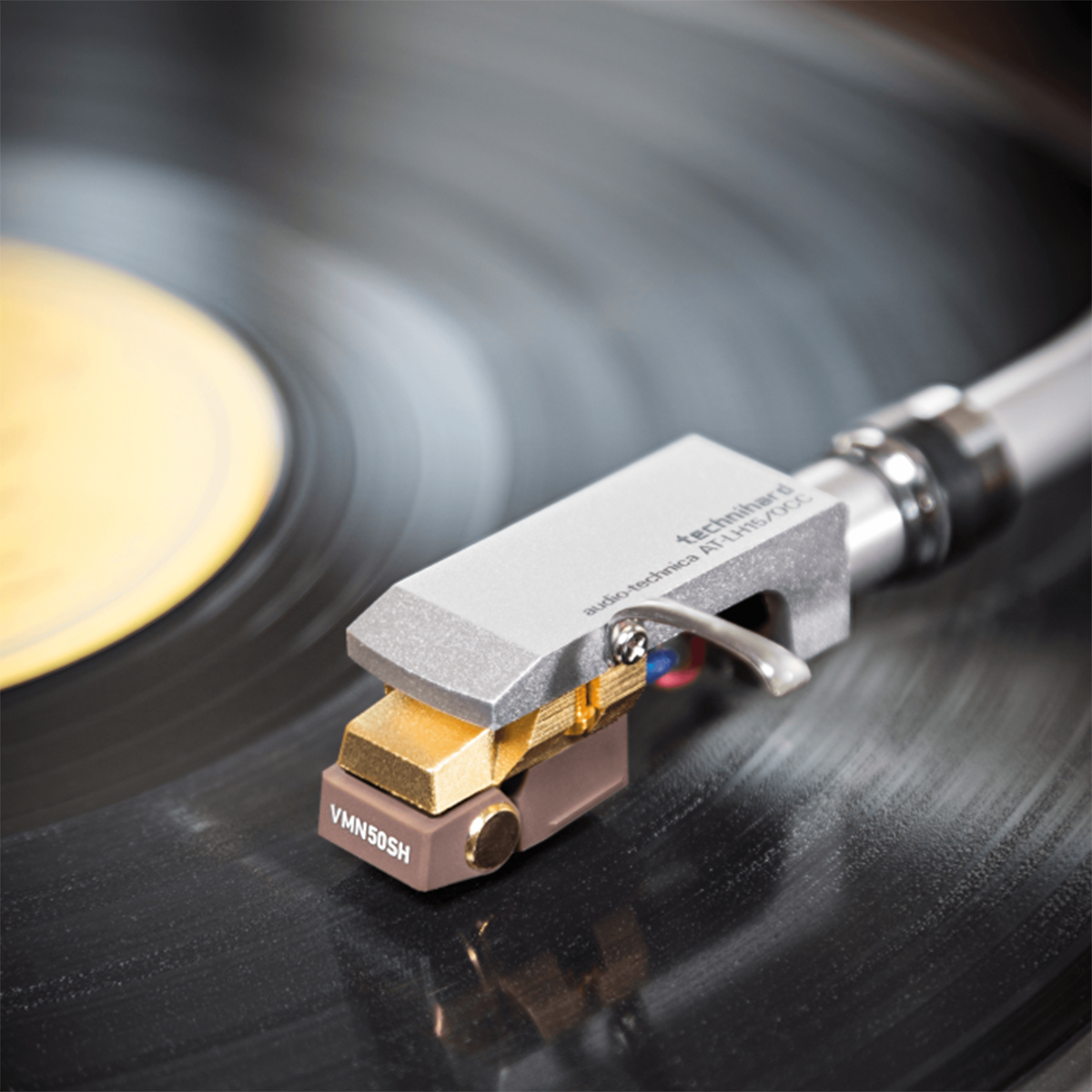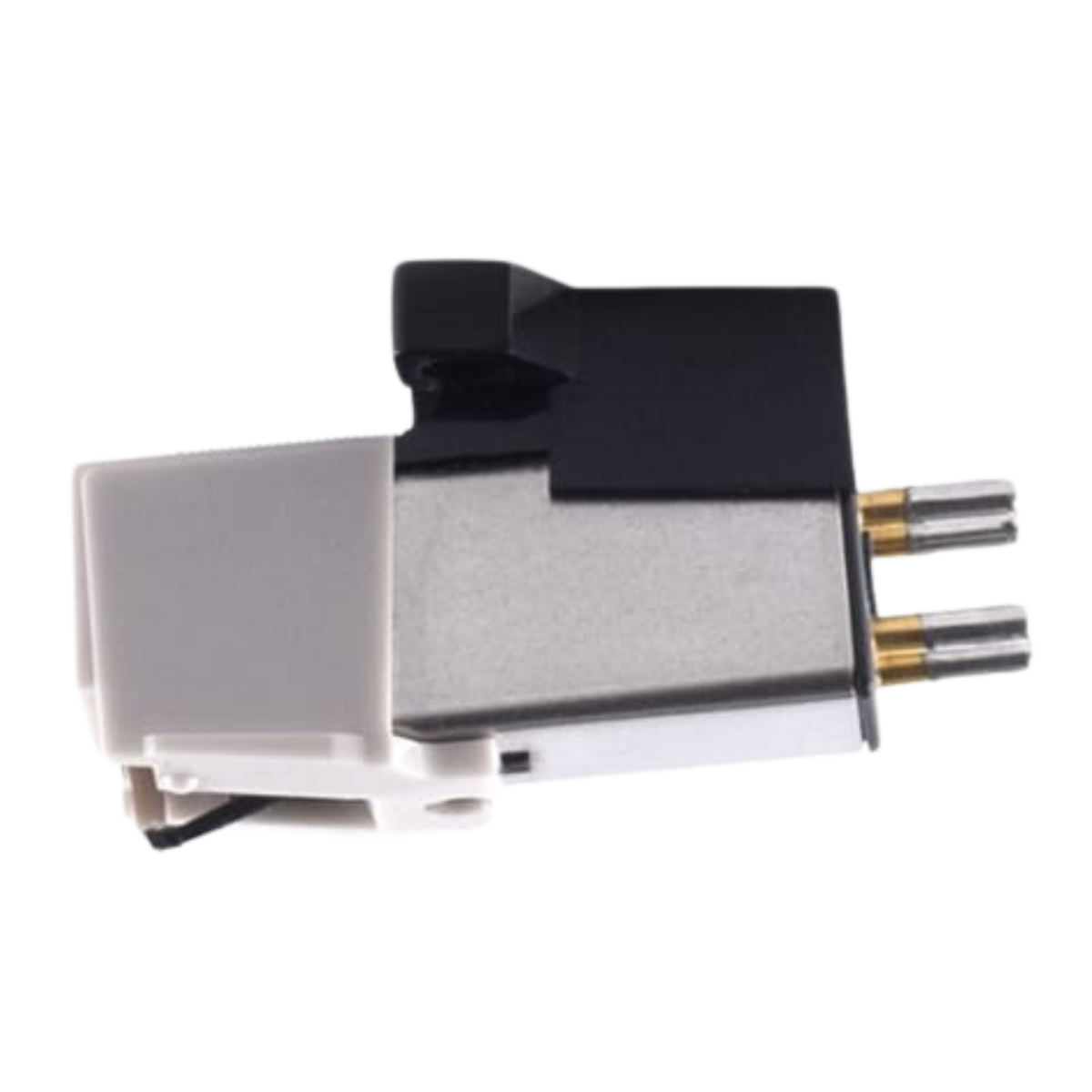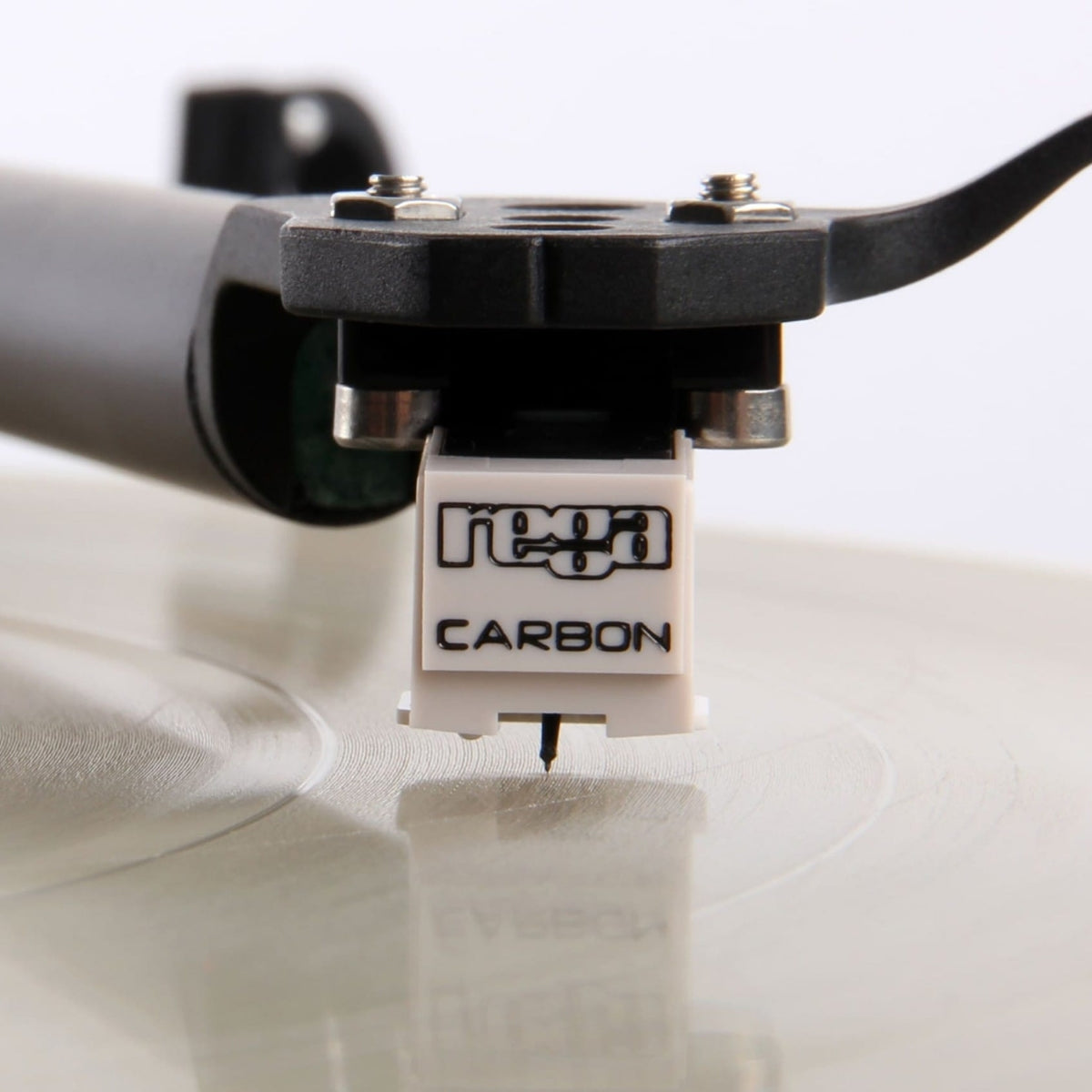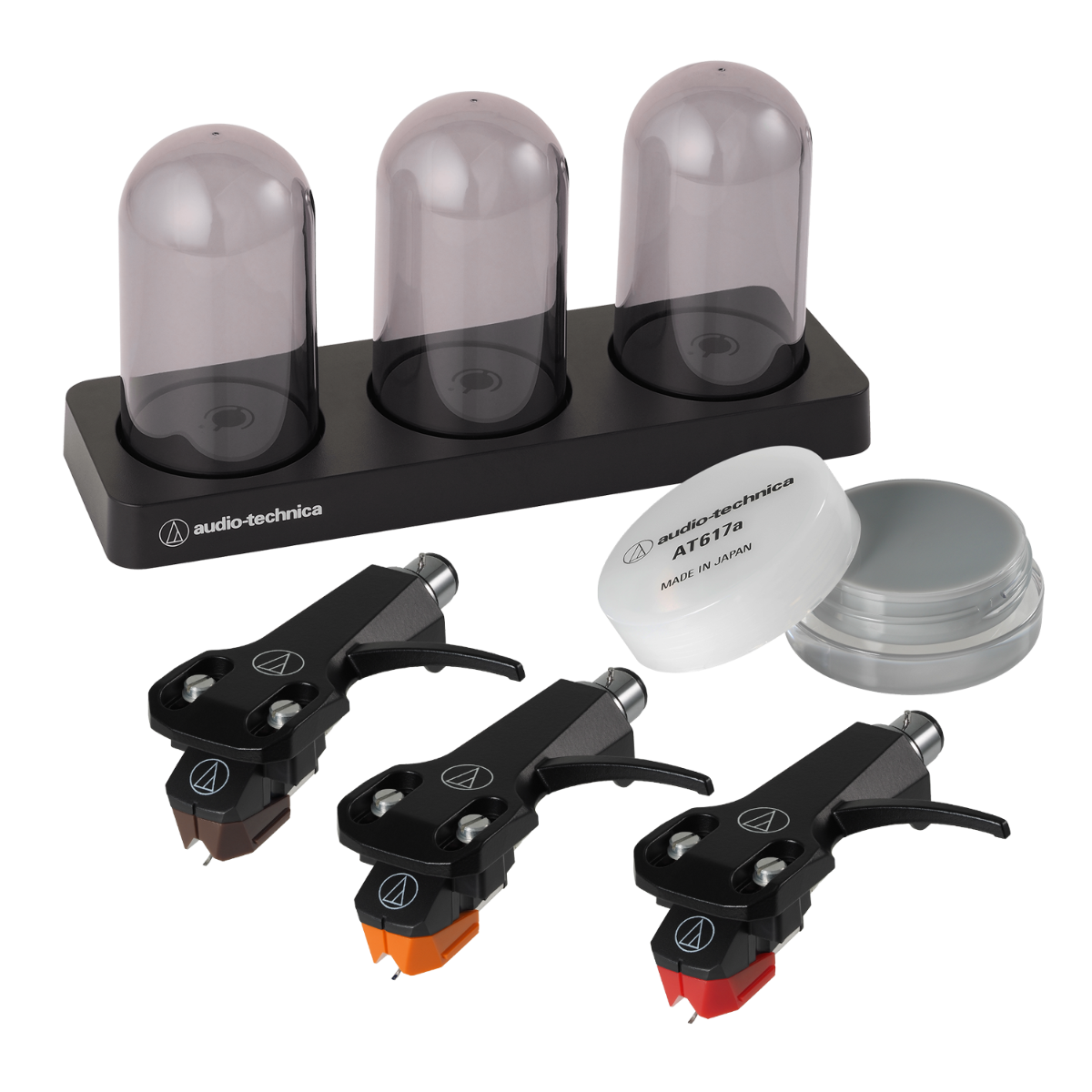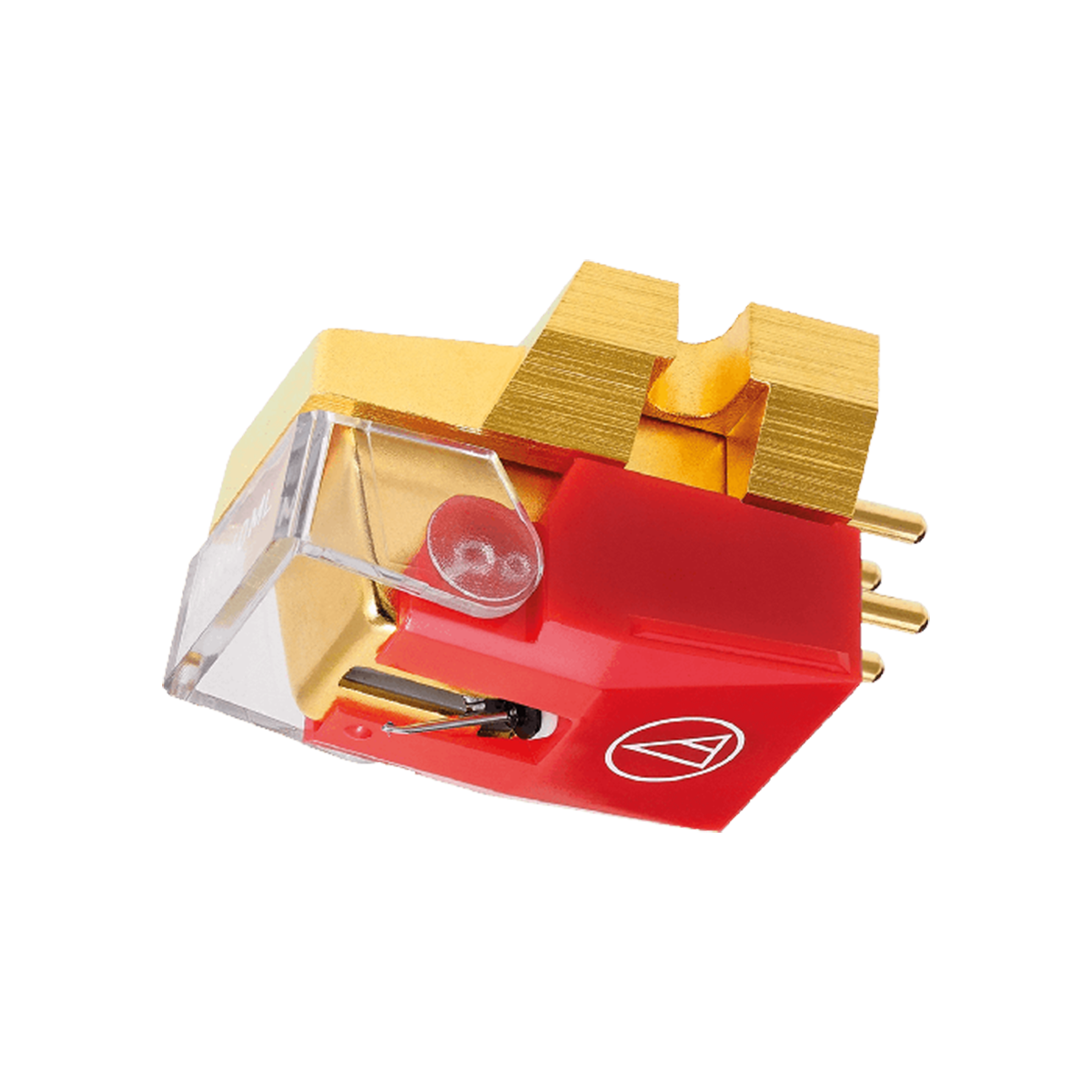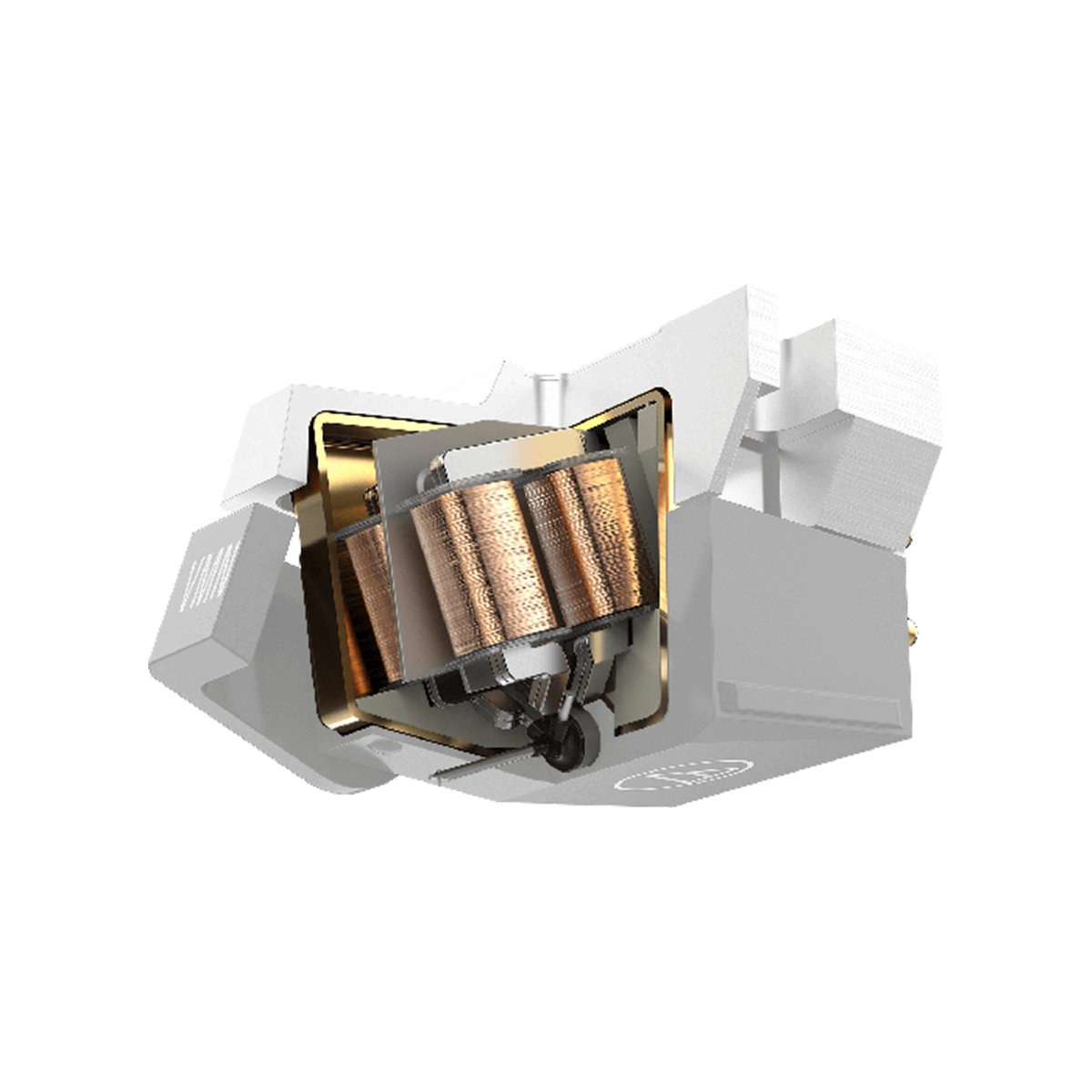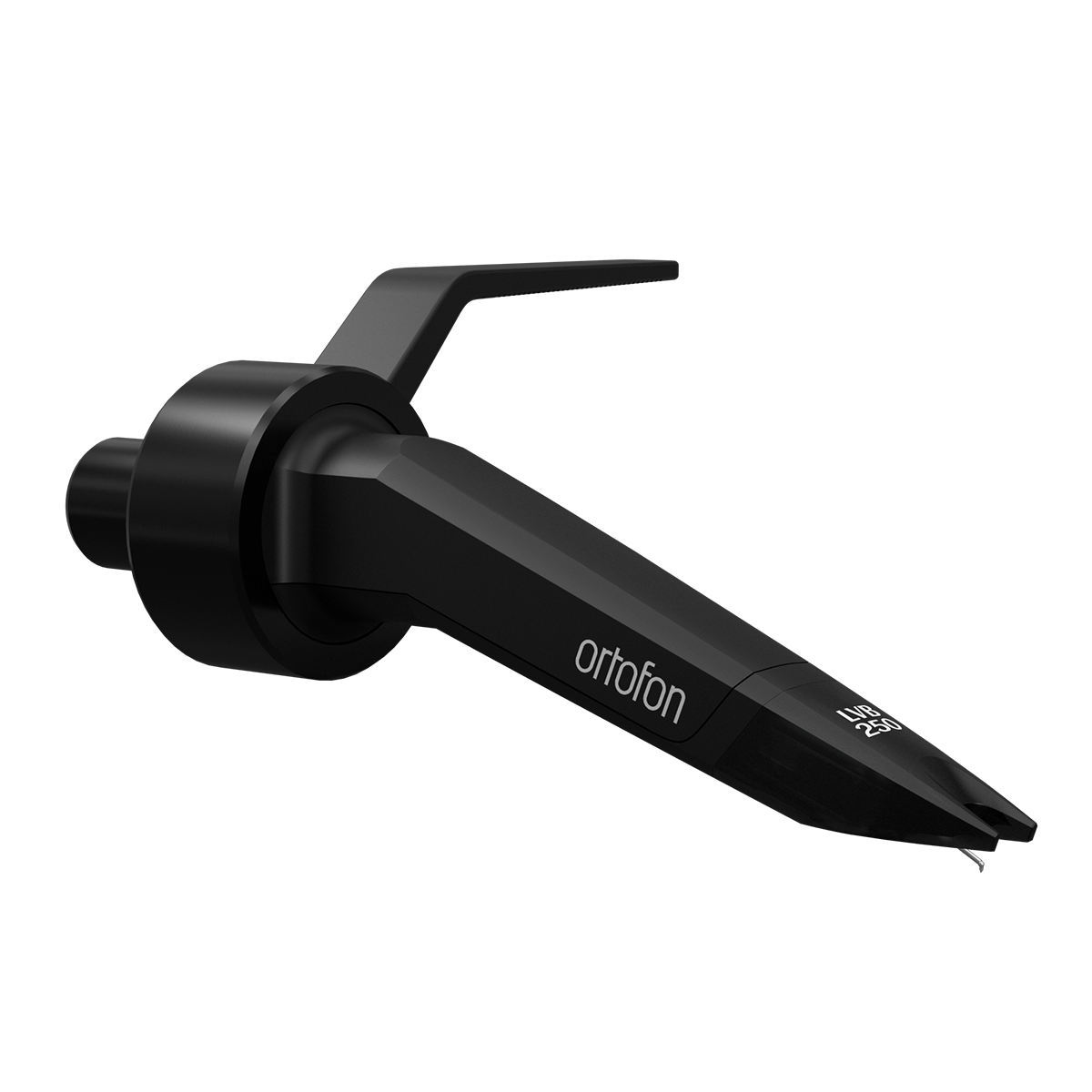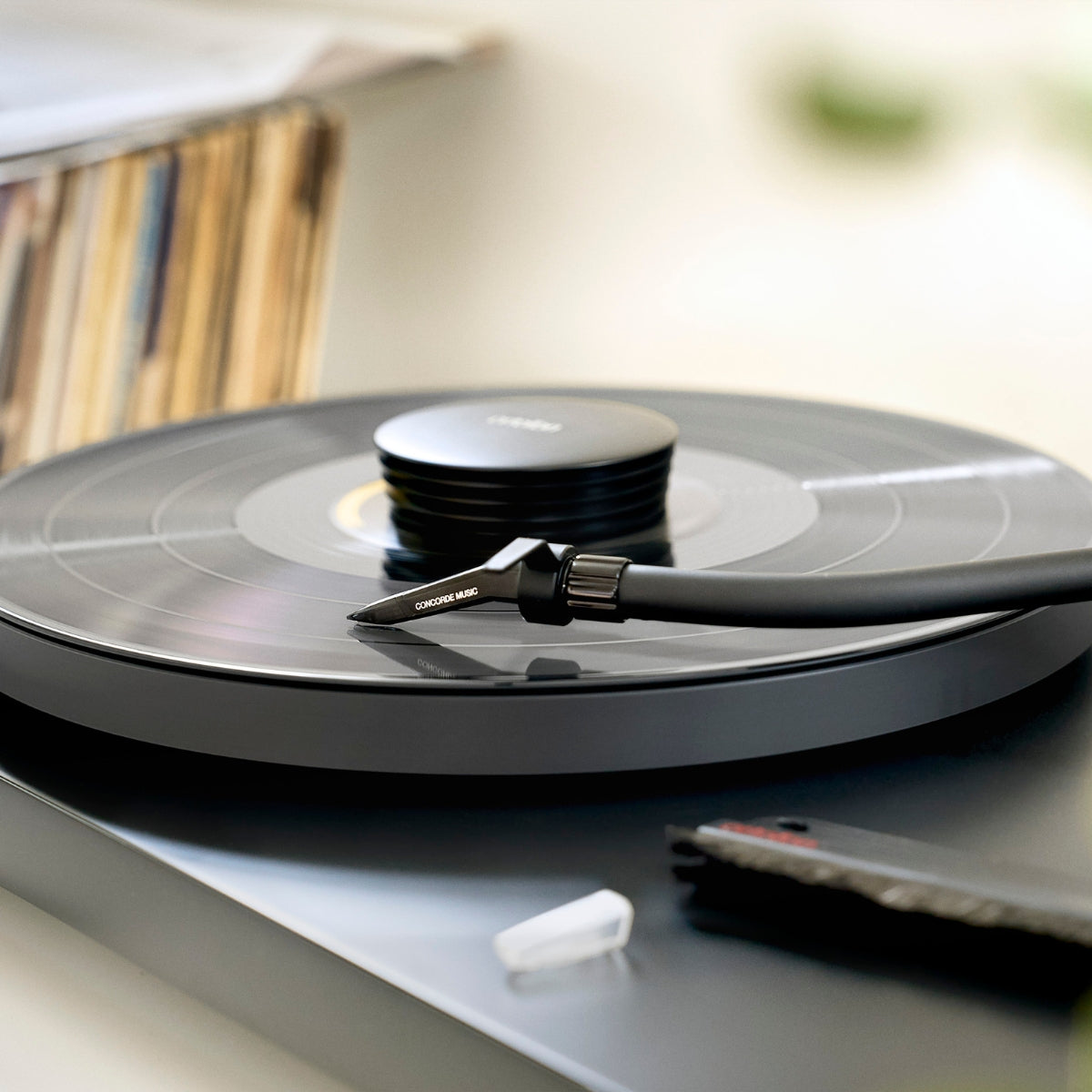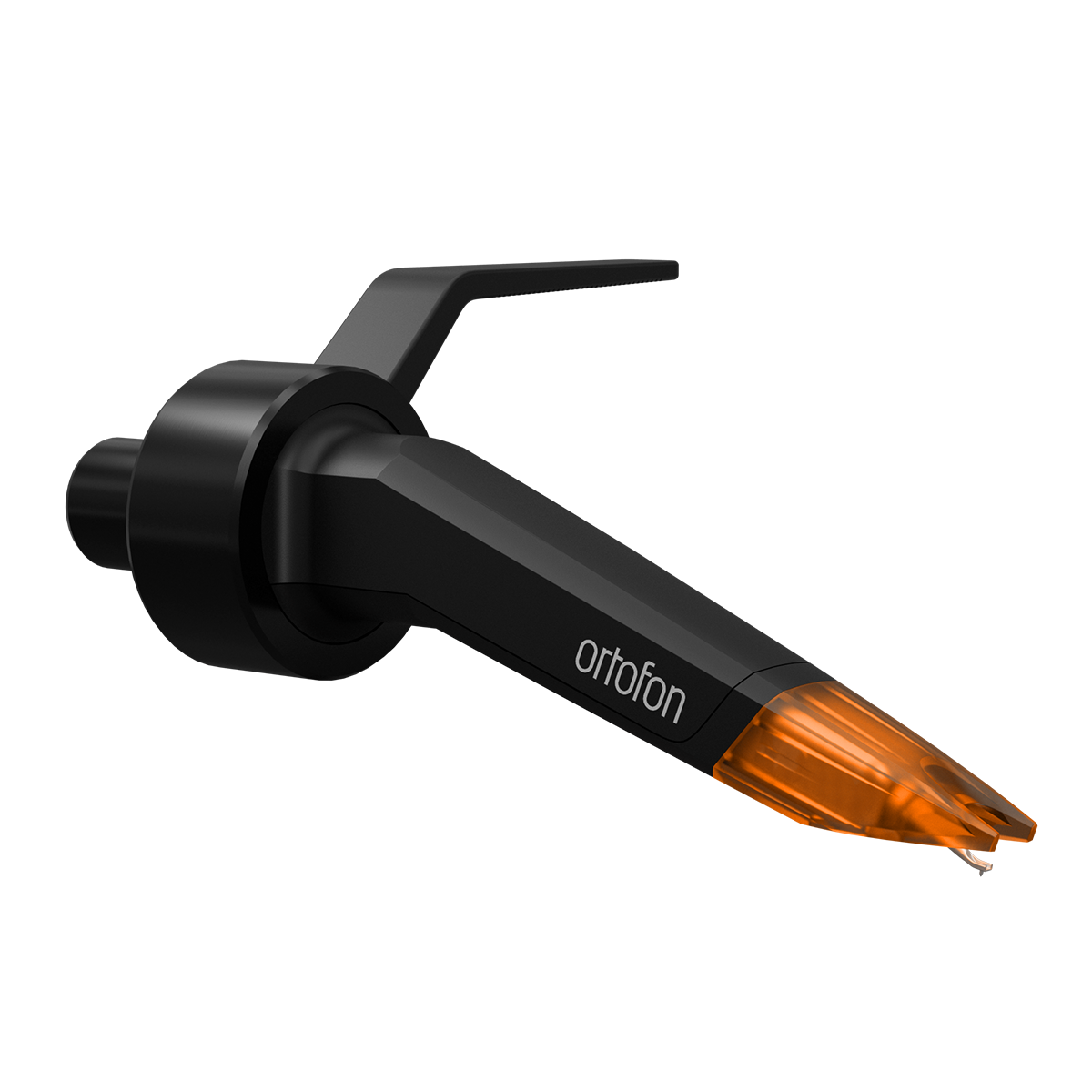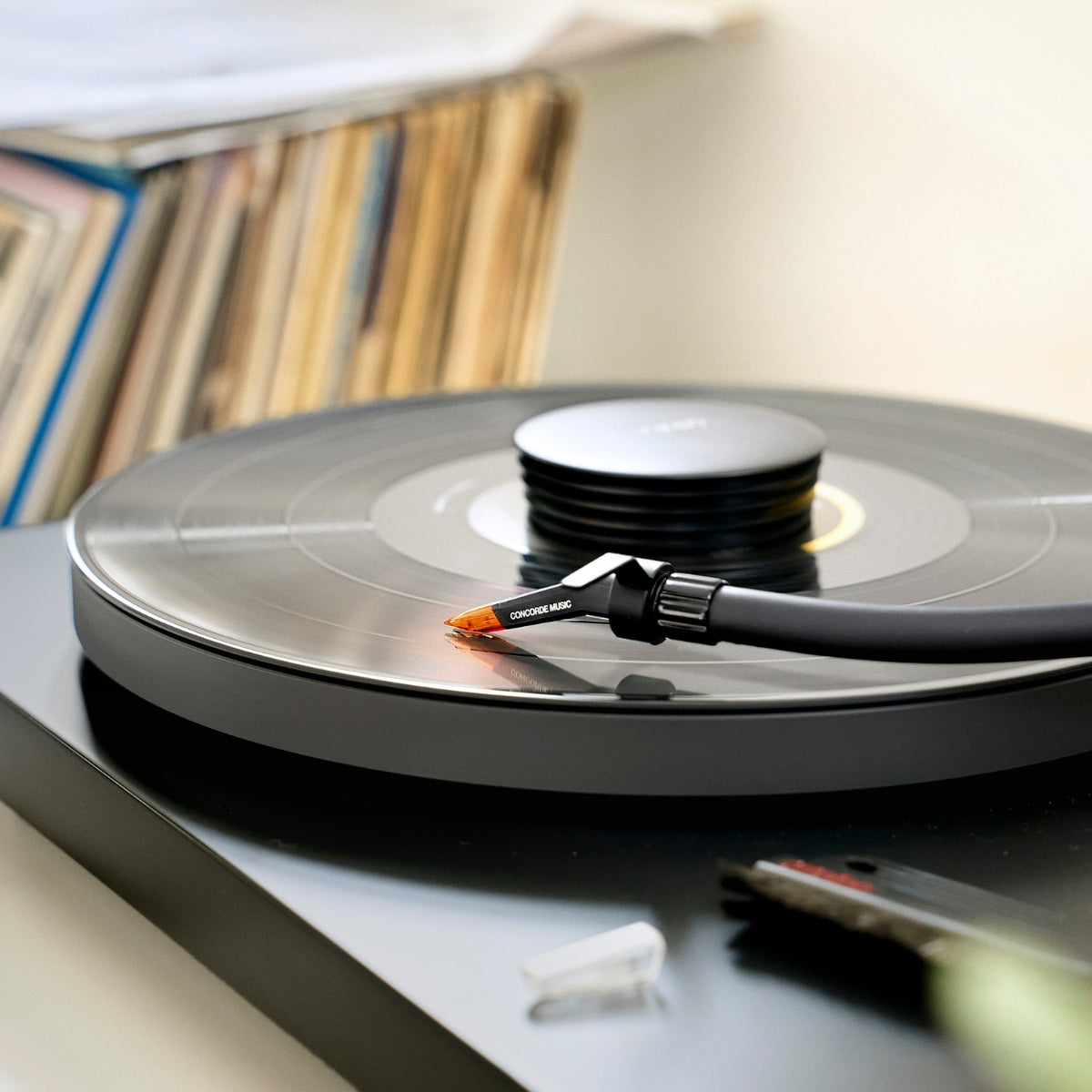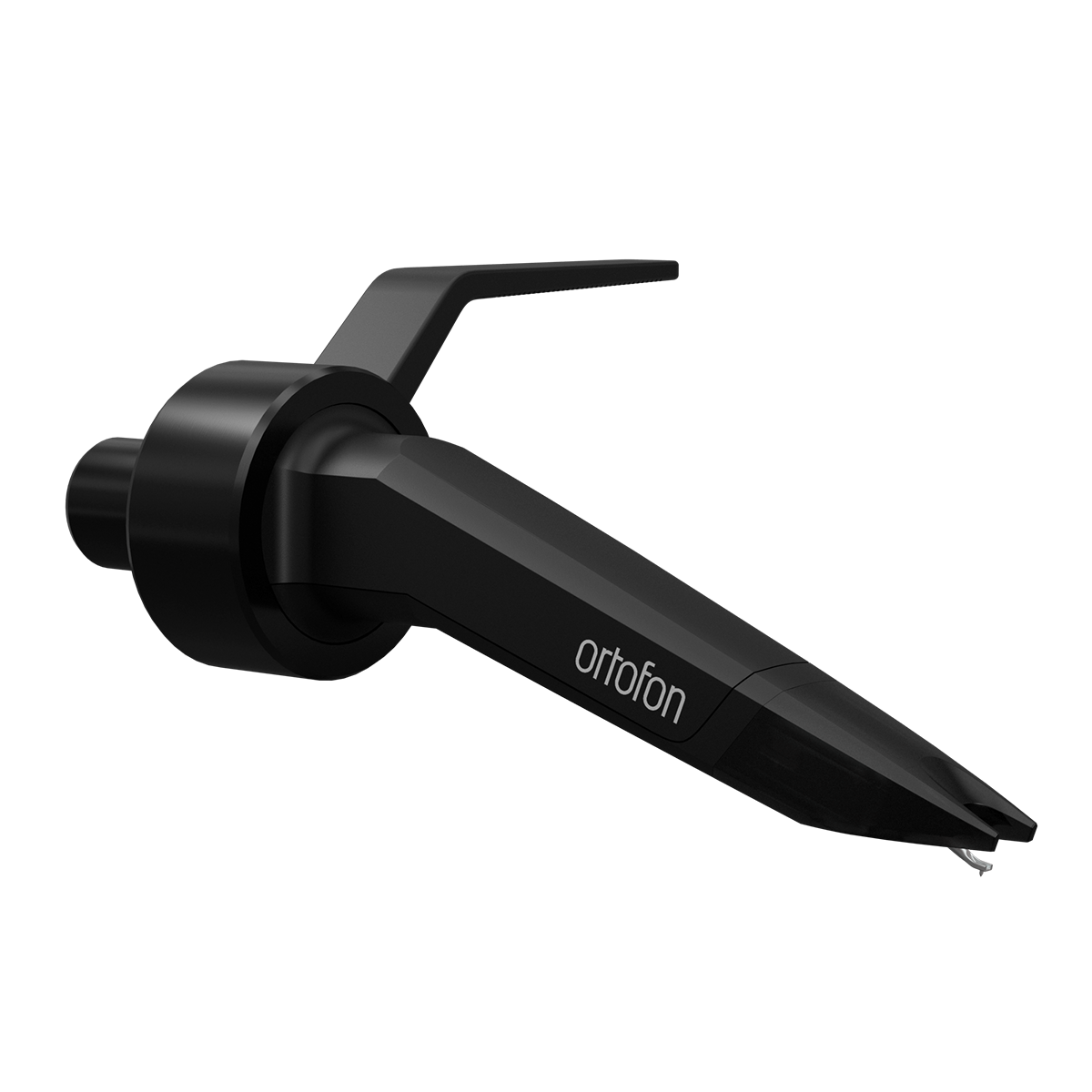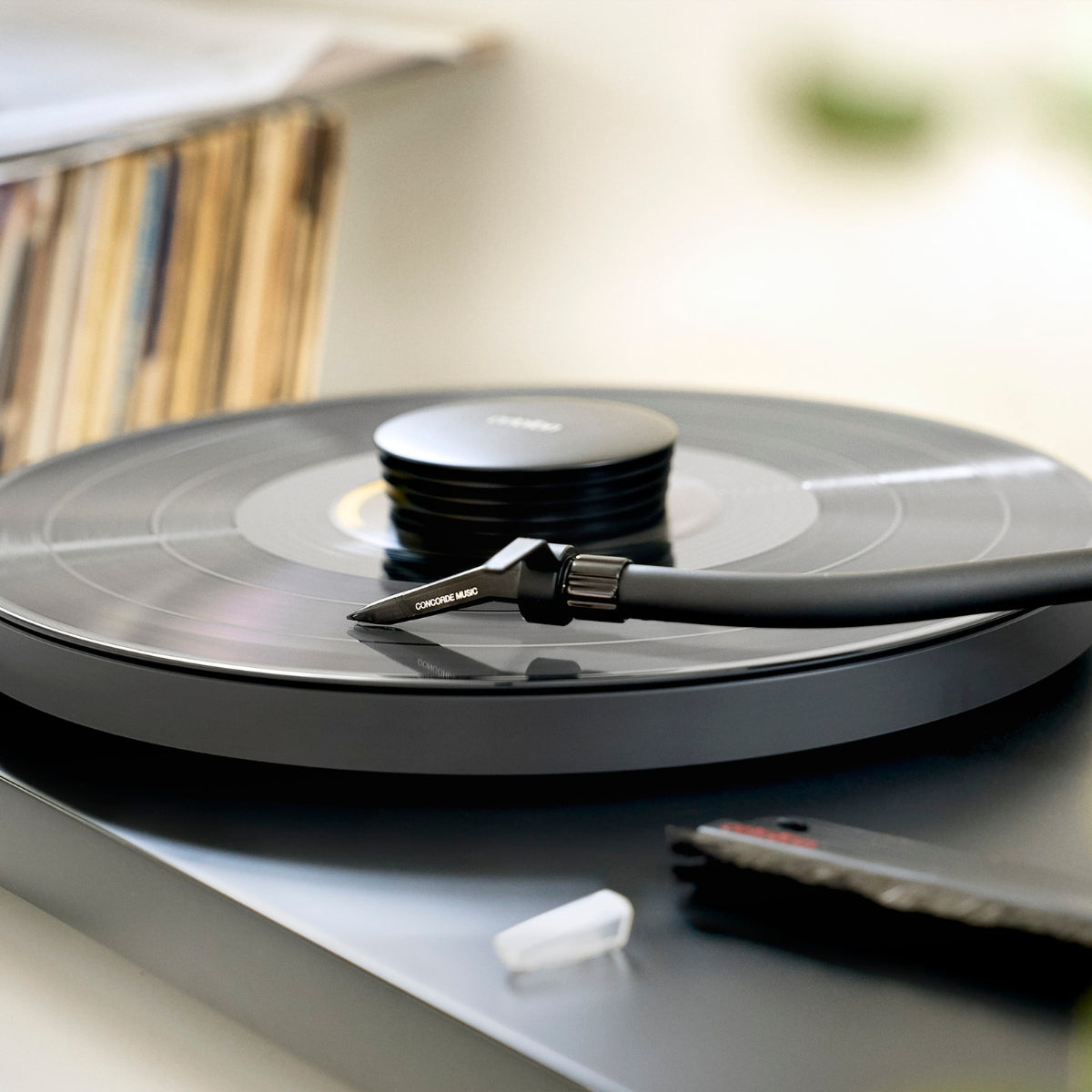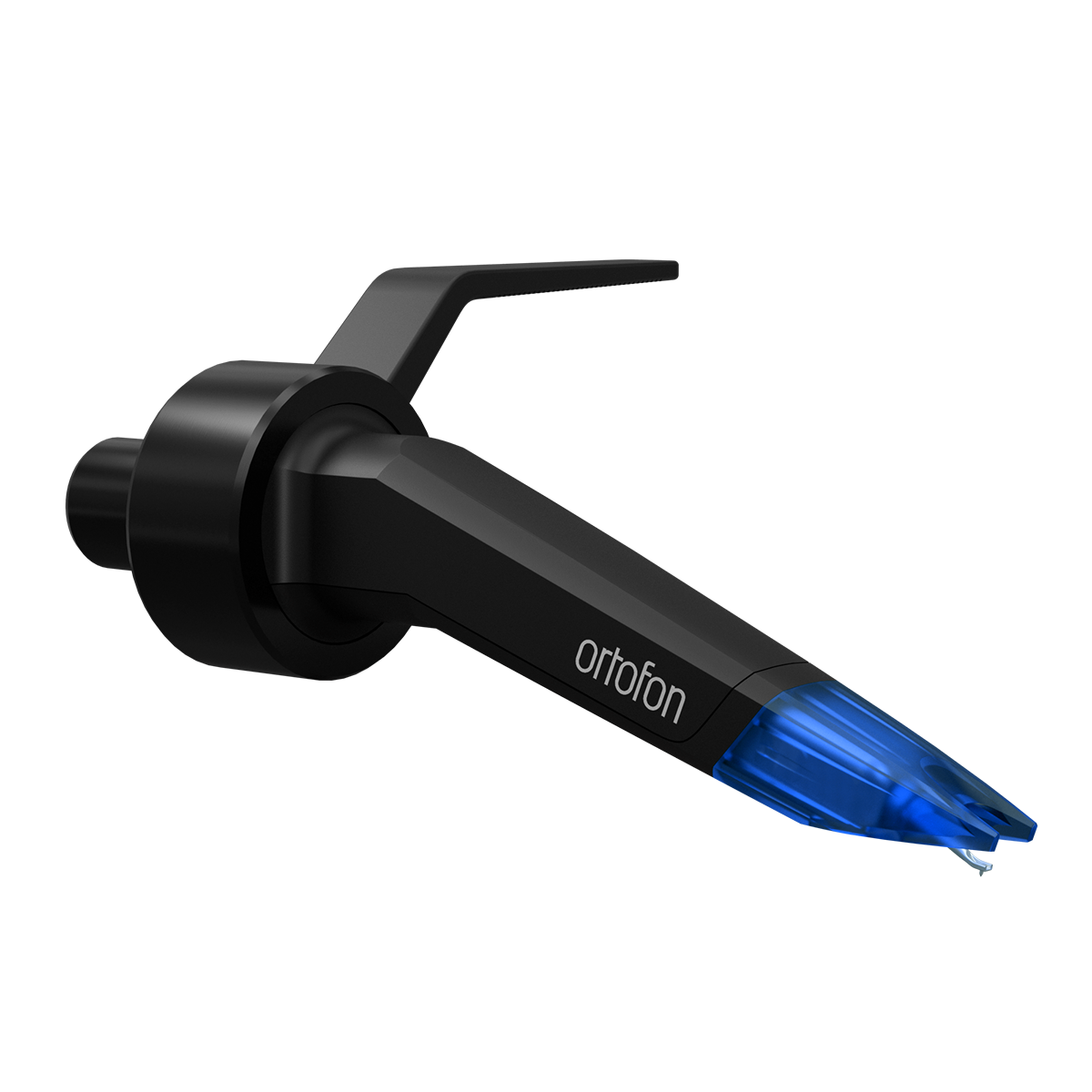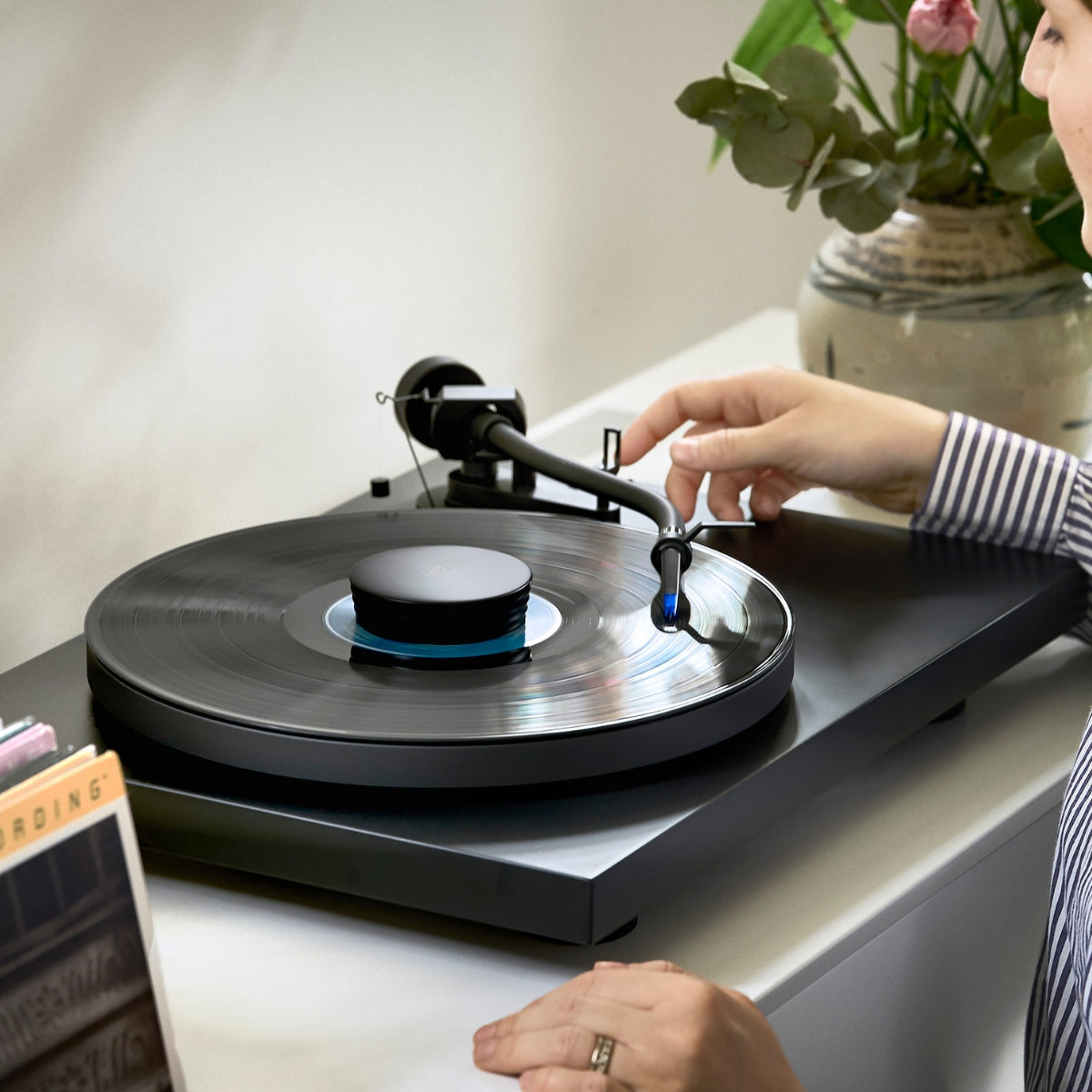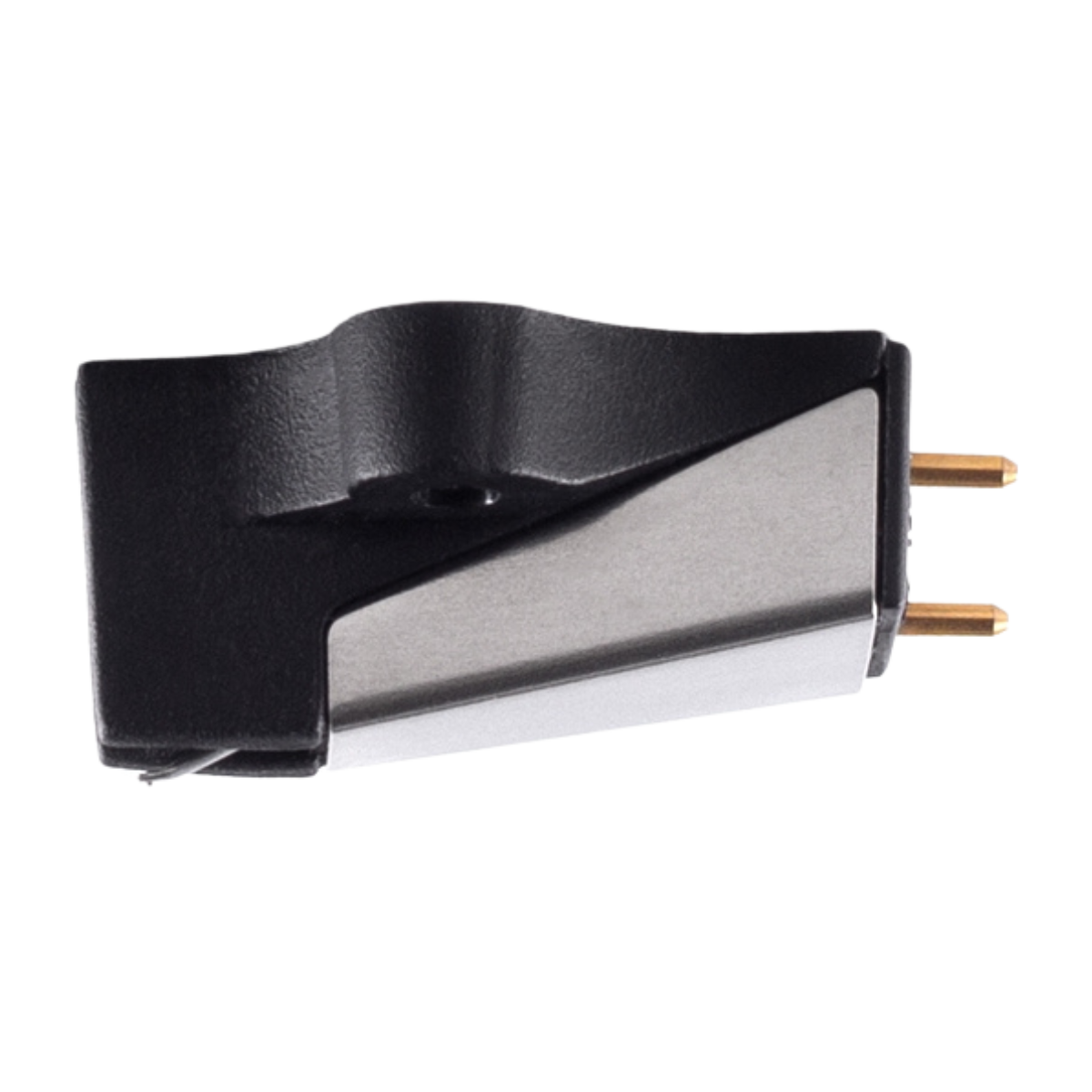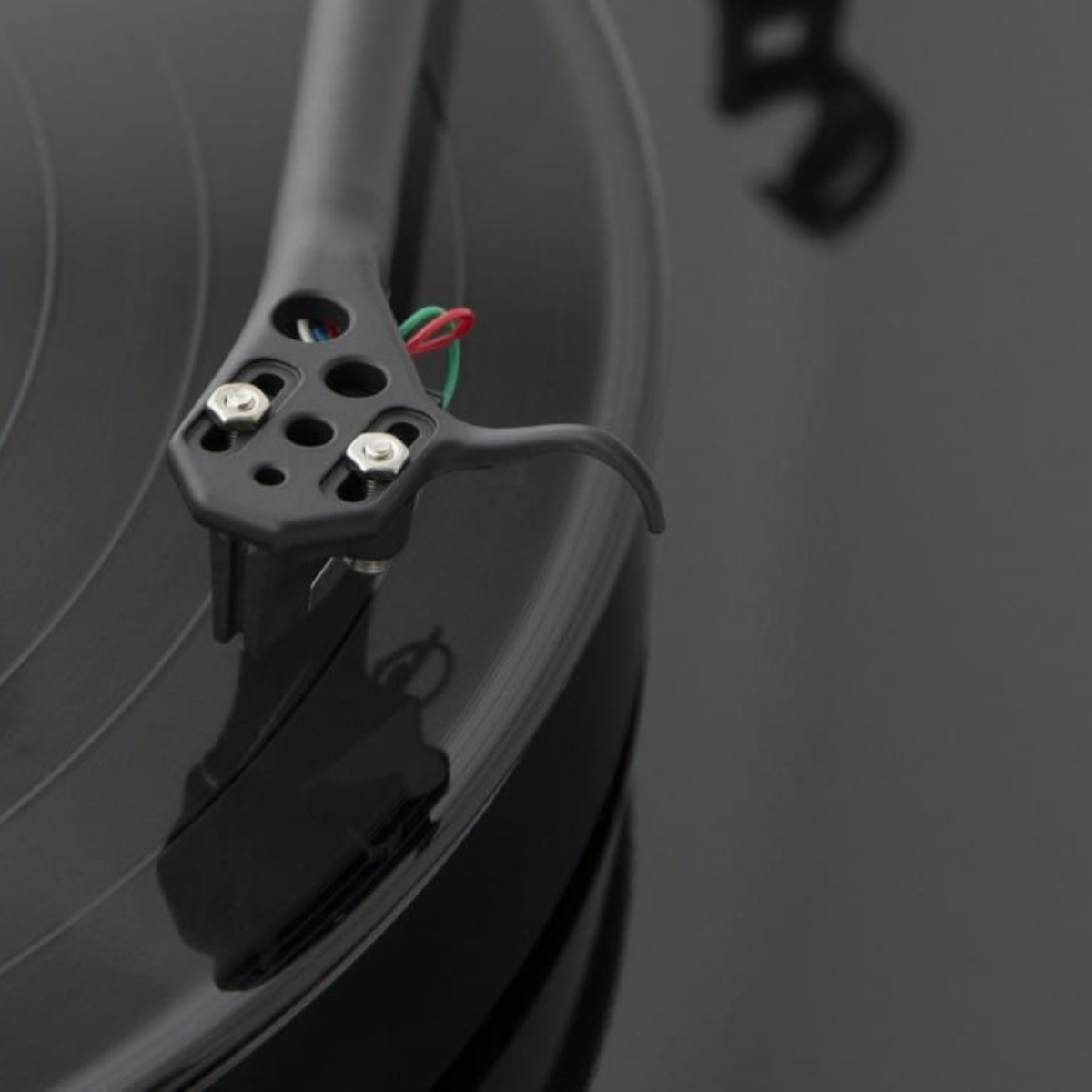
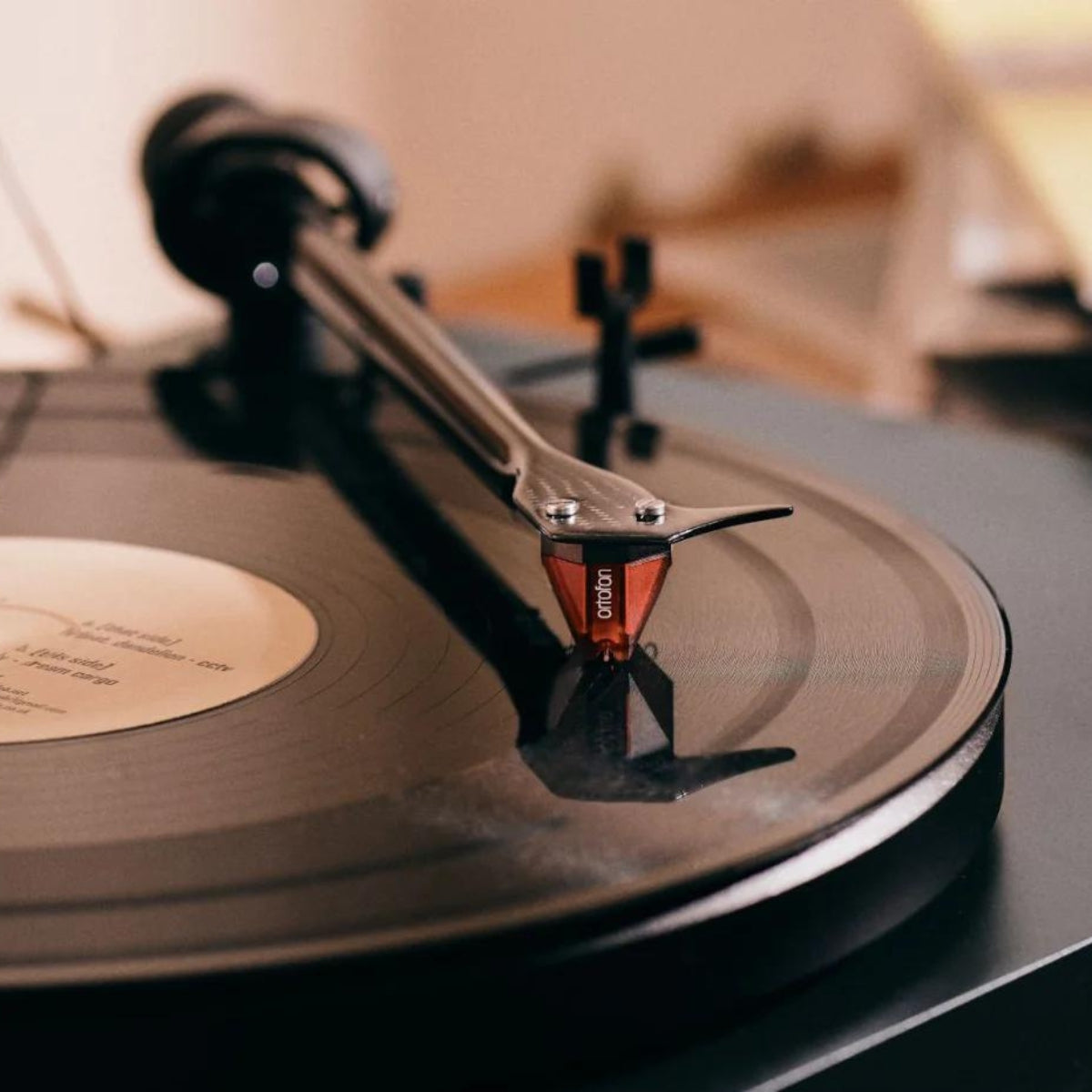
Moving Magnet Cartridges
Filters
31 products
TELL ME MORE ABOUT
Moving Magnet Cartridges
Moving magnet (MM) cartridges are a popular choice among vinyl enthusiasts, known for their excellent sound quality, durability, and ease of use. These cartridges are a vital component of turntables,... Read More
Moving magnet (MM) cartridges are a popular choice among vinyl enthusiasts, known for their excellent sound quality, durability, and ease of use. These cartridges are a vital component of turntables, responsible for converting the grooves on a vinyl record into an electrical signal that can be amplified and played through speakers. MM cartridges are favoured for their robust performance, relatively low maintenance, and compatibility with a wide range of phono preamps and turntables.
What Are Moving Magnet Cartridges?
Moving magnet (MM) cartridges are a type of phono cartridge used in turntables to play vinyl records. They are one of the most common and popular cartridge types due to their excellent balance of performance, durability, and ease of use. The primary function of an MM cartridge is to convert the mechanical vibrations from the grooves of a vinyl record into an electrical signal, which is then amplified and played through speakers.
An MM cartridge consists of a stylus (needle) attached to a cantilever. This cantilever is connected to a small magnet that moves between fixed coils as the stylus traces the record grooves. The movement of the magnet within the coils generates a small electrical signal corresponding to the audio information encoded in the vinyl's grooves. This design allows for a relatively high output signal, making MM cartridges compatible with a wide range of phono preamps and amplifiers.
One of the key advantages of moving magnet cartridges is their replaceable stylus. When the stylus wears out, it can be easily replaced without needing to change the entire cartridge, making maintenance more cost-effective. Additionally, MM cartridges are known for their robust build and consistent performance, providing a reliable and high-quality listening experience.
How to Choose the Best Moving Magnet Cartridge for Your Needs
Selecting the best moving magnet (MM) cartridge for your turntable involves several key considerations to ensure you achieve the optimal listening experience. Here are some important factors to guide your decision:
1. Compatibility: Ensure the MM cartridge is compatible with your turntable and tonearm. Check the cartridge’s mounting type (standard or P-mount) and weight specifications to match your turntable’s requirements.
2. Stylus Shape: The shape of the stylus affects the sound quality and record wear. Elliptical styli provide better tracking and more detailed sound than conical styli, but they can be more expensive. Advanced shapes like Shibata or MicroLine offer superior performance but are typically found in higher-end models.
3. Tracking Force: The recommended tracking force (measured in grams) should match your turntable’s tonearm settings. Proper tracking force ensures optimal performance and minimizes record wear. Check the manufacturer’s specifications for the ideal tracking force range.
4. Frequency Response: Look for a cartridge with a wide and flat frequency response to ensure accurate and balanced sound reproduction across all audio frequencies. This is crucial for capturing the full depth and detail of your vinyl records.
5. Budget: Set a budget and explore options within that range. While higher-end models offer superior sound quality and advanced features, there are excellent MM cartridges available at various price points that provide great value.
Some Quick FAQ
How often should I replace the stylus on my moving magnet cartridge?
The stylus on a moving magnet cartridge typically needs replacement after 500 to 1000 hours of playback, depending on usage and maintenance. Regular cleaning of records and the stylus can extend its lifespan.
Can I upgrade my turntable's cartridge to a moving magnet cartridge?
Yes, many turntables are compatible with moving magnet cartridges. Ensure the new cartridge matches your turntable’s mounting type and weight specifications for optimal performance.
Do moving magnet cartridges require a specific type of phono preamp?
Moving magnet cartridges work with most standard phono preamps. However, ensure your preamp has an MM input to provide the correct gain and impedance for the cartridge.
What is the difference between moving magnet and moving coil cartridges?
Moving magnet cartridges use a magnet attached to the stylus to generate an electrical signal, offering high output and easy stylus replacement. Moving coil cartridges have a fixed magnet and a moving coil, providing superior sound quality but often at a higher cost and with less convenience for stylus replacement.
How do I properly align a moving magnet cartridge on my turntable?
Proper alignment involves setting the correct overhang, vertical tracking angle, and azimuth. Using an alignment protractor can help ensure precise placement, which is crucial for optimal sound quality and minimizing record wear.
Final Thoughts
Choosing the right moving magnet cartridge can significantly enhance your vinyl listening experience, providing clear, detailed, and balanced sound. By considering factors such as compatibility, stylus shape, tracking force, frequency response, and budget, you can find the perfect cartridge for your needs. Additionally, regular maintenance and proper alignment are essential for preserving both your cartridge and vinyl records. Our collection of moving magnet cartridges offers a range of options to suit various preferences and budgets, ensuring you can enjoy your record collection to the fullest.
NEED MORE GUIDANCE?
We are here to help
Check out some of our most commonly asked questions.
What do I need to play records?
Getting into vinyl? That’s awesome! We have some curated turntable Hi-Fi packs, with everything you'll need to get spinning right away. But if you want to build your own, read on for all the details.
First off, you'll need a turntable. It's the star of the show, so make sure it’s in good nick, with a decent cartridge and stylus (needle).
Next, there’s the phono preamp. Some turntables or amplifiers come with one built-in, but if yours doesn’t, you’ll need one as a bridge between your turntable and amplifier or powered speakers.
For the sound output, you’ve got two options. You can go with a traditional setup involving an integrated amplifier to take the signal from your phono preamp and power your passive speakers. Alternatively, you can opt for powered speakers, which have the amplifier built in – a handy all-in-one solution.
Speaking of speakers, good ones are a must for that rich, warm vinyl sound we all love. Whether you go for bookshelf or floorstanding speakers (or powered ones) depends on your space and budget.
And there you go! With these essentials, you’ll be ready to dive into your vinyl collection and enjoy that classic sound.
What can a wireless speaker do?
Wireless speakers are a game-changer for how you enjoy music and audio around the house. First off, they let you stream music wirelessly from your phone, tablet, or computer, so no more messing about with cables. You can easily play tunes from Spotify, Apple Music, Tidal or whatever streaming service you fancy.
If you’re into having music everywhere, many wireless speakers offer multi-room audio. You can sync them up to play the same music in every room or control what plays in each room individually, perfect for parties or just keeping the vibes consistent throughout your home.
Voice control is another brilliant feature. Many come with built-in assistants like Alexa, Google Assistant, or Siri. You can control your music with just your voice, ask for the weather, set reminders, or even control other smart home devices.
Sound quality? These little gadgets often pack a punch, delivering high-quality audio that can rival traditional wired setups. Some even offer 360-degree sound, filling the room with music from every angle.
In a nutshell, wireless speakers bring flexibility, convenience, and top-notch sound to your audio experience, making them a fantastic addition to any home. Whether you’re hosting a party, working from home, or just chilling out, they make listening to music a breeze.
How do you choose the right speaker & amplifier combination?
Deciding on a good speaker and amplifier combination is like putting together a perfect wine and cheese pairing—it’s all about balance and harmony. Here’s a conversational guide to help you through it:
First, consider your speakers. These are your main players, so you want to choose ones that fit your space and listening preferences. If you love deep bass and have a bit of room, floorstanding speakers might be your go-to. For smaller spaces or a more subtle look, bookshelf speakers are fantastic.
Now, onto the amplifier. This is where things get interesting. Your amp needs to match your speakers in terms of power and impedance. Check the wattage ratings on your speakers—your amplifier should provide enough power to drive them properly. Too little power and you’ll be missing out on sound quality; too much, and you risk damaging your speakers.
Next, think about the impedance (measured in ohms). Your amp and speakers should be compatible here too. Most speakers are rated at 8 ohms, but some can be 4 or 6. Make sure your amplifier can handle the impedance of your speakers to avoid any performance issues.
Another important factor is the type of sound you’re after. Some amps are known for their warm, rich tones, while others might be more neutral or even slightly bright. It’s a bit like choosing between a vinyl record and a digital stream or CD —each has its own charm. If possible, listen to different amp and speaker combinations to see what sounds best to your ears.
If purchasing online, note that at LE, we have made recommendations on speaker & amplifier combinations that we think sound wonderful together within each product listing.
Don’t forget about connectivity and features. Modern amplifiers often come with a host of options like Bluetooth, Wi-Fi streaming, and various inputs for all your devices. Make sure your amp has the inputs you need for your turntable, CD player, or streaming device.
Finally, consider your budget. Great sound doesn’t always mean breaking the bank, but be prepared to invest to get a quality setup that will last.
In the end, trust your ears. Listen to a few combinations if you can, and go with what makes your music sound the best to you.
Why do I need a headphone amplifier?
If you’re diving into the world of high-quality audio, a headphone amplifier can be a real game-changer. Think of it like this: most standard devices, like your smartphone or laptop, just don’t have the oomph needed to drive headphones properly. They might get the job done, but they won’t do your music justice. A headphone amp gives your headphones the power they need, ensuring you get the volume and clarity that really makes your music shine.
It’s not just about making things louder, either. A good headphone amp can significantly improve sound quality. You’ll get clearer highs, richer mids, and tighter bass, making your favourite tracks sound even better. You might notice details you’ve never heard before, especially if you’re listening to high-resolution audio files.
Premium headphones often have higher impedance, meaning they require more power than your typical audio source can provide. A headphone amp can handle this with ease, making sure your headphones perform at their absolute best. Plus, many amps come with extra features like bass boost, equalisation, and gain control, giving you more ways to tweak the sound to your liking.
In short, if you’re passionate about your music and want to hear it in the best possible way, a headphone amplifier is definitely worth considering. It’s all about unlocking the full potential of your gear and really getting the most out of your listening experience.
Where should I start when designing a home cinema?
Designing your own home cinema? That's awesome! We are here to help walk you through the process, but as a starting point, here’s what we would recommend and where to kick things off:
First up, pick your spot. For most people this is your existing lounge room, but if you have an underused garage, or spare bedroom, then you have an opportunity to create your very own true Home Cinema experience. Find a room that’s just right—not too cramped and ideally away from noisy areas. This sets the stage for that immersive movie experience.
Next, think about how you’ll set things up. Plan where your seats will go and where to place your projector screen for the best view from every angle. It’s all about creating that comfy, cinematic vibe.
Sound matters, too. Consider if you want a wireless system for simplicity or a full surround sound speaker system with AV receiver for that surround-sound thrill. Think about soundproofing or adding acoustic panels or thick carpets to really amp up the audio quality of the room.
Now, onto the screen. Decide between a crisp TV or a projector setup, depending on your room size and personal style. Maybe even throw in some dimmable lights or smart lighting to set the mood just right.
And hey, don’t forget comfort. Invest in plush cinema seating and think about the décor—whether it’s movie posters, blackout curtains, or popcorn machine & bar area, whatever gives you that true cinema feel.
Lastly, tech it up! Make sure everything—from your Blu-Ray player & Apple TV to your gaming consoles—is set to sync perfectly with your new setup.
With these steps, you’re on your way to creating a home cinema that’s not just a space, but an experience. Enjoy movie nights like never before!

